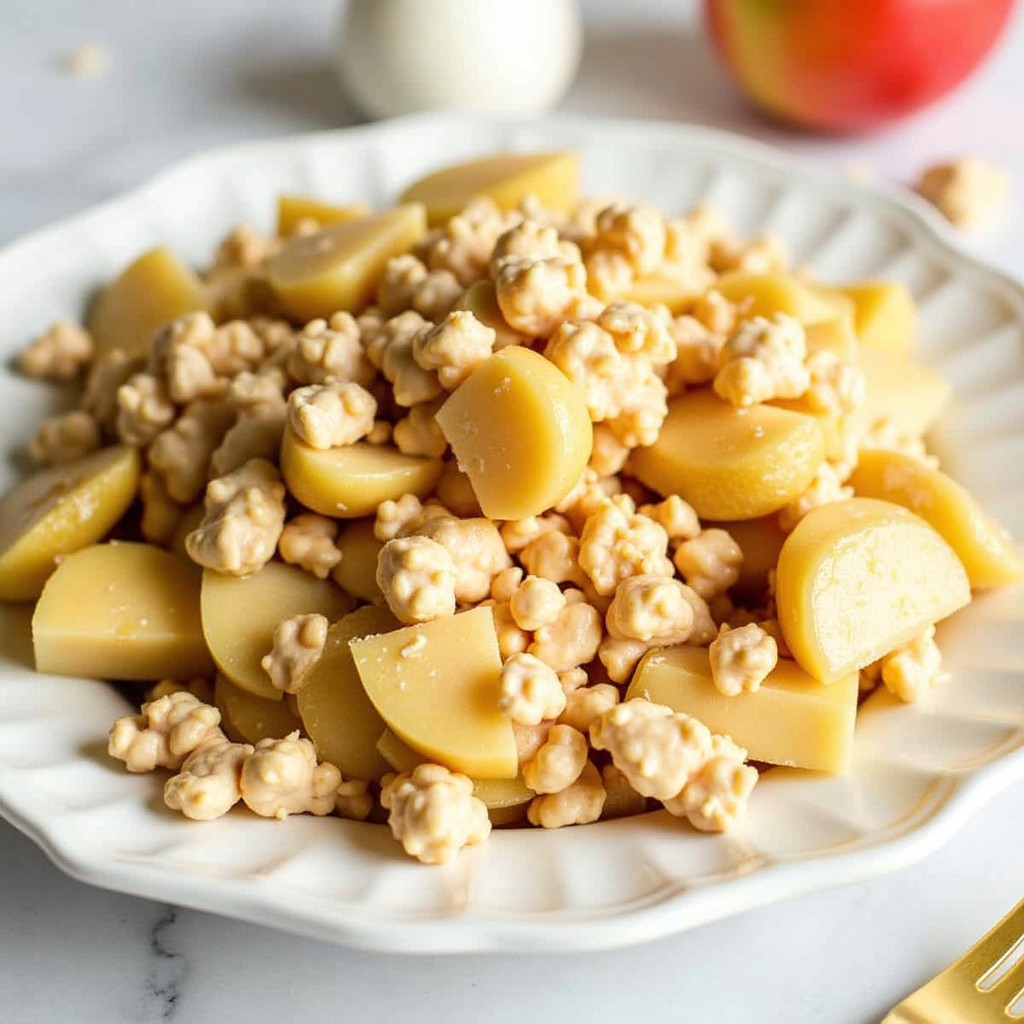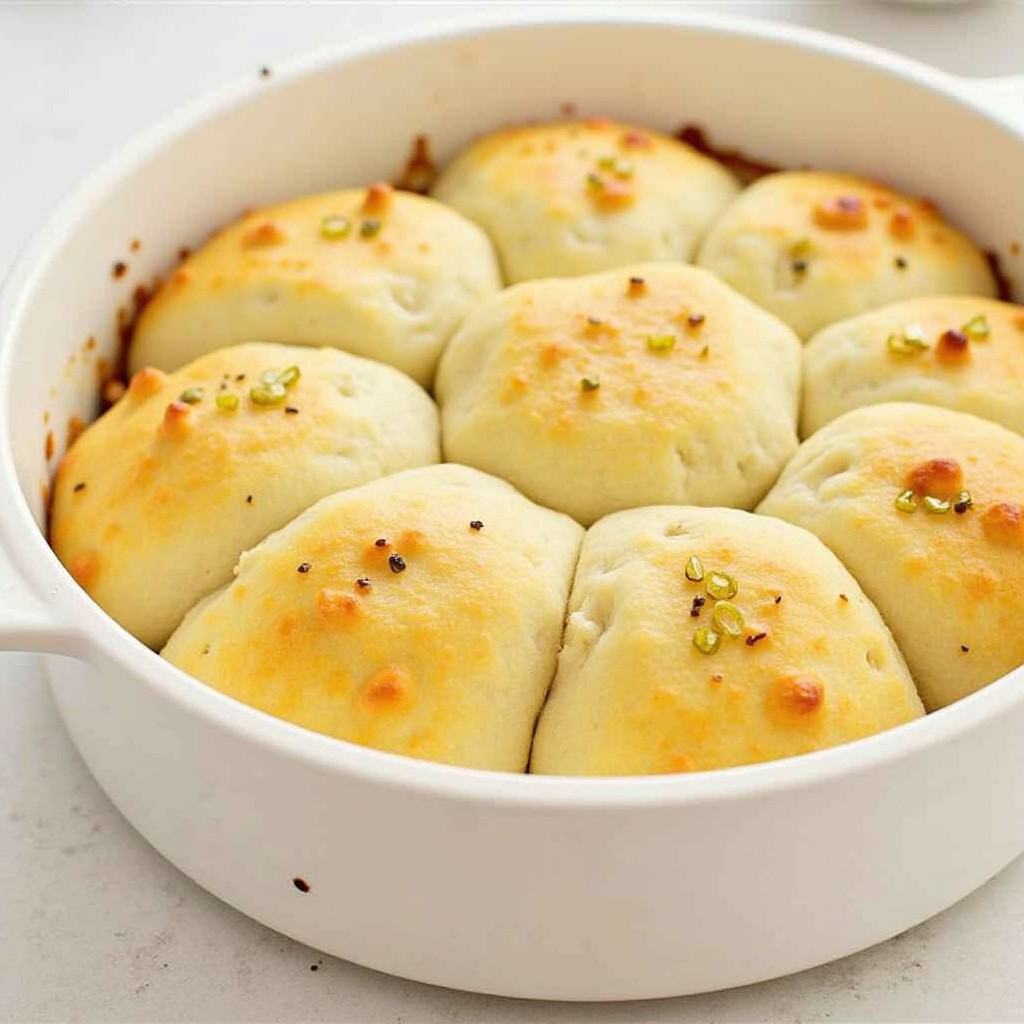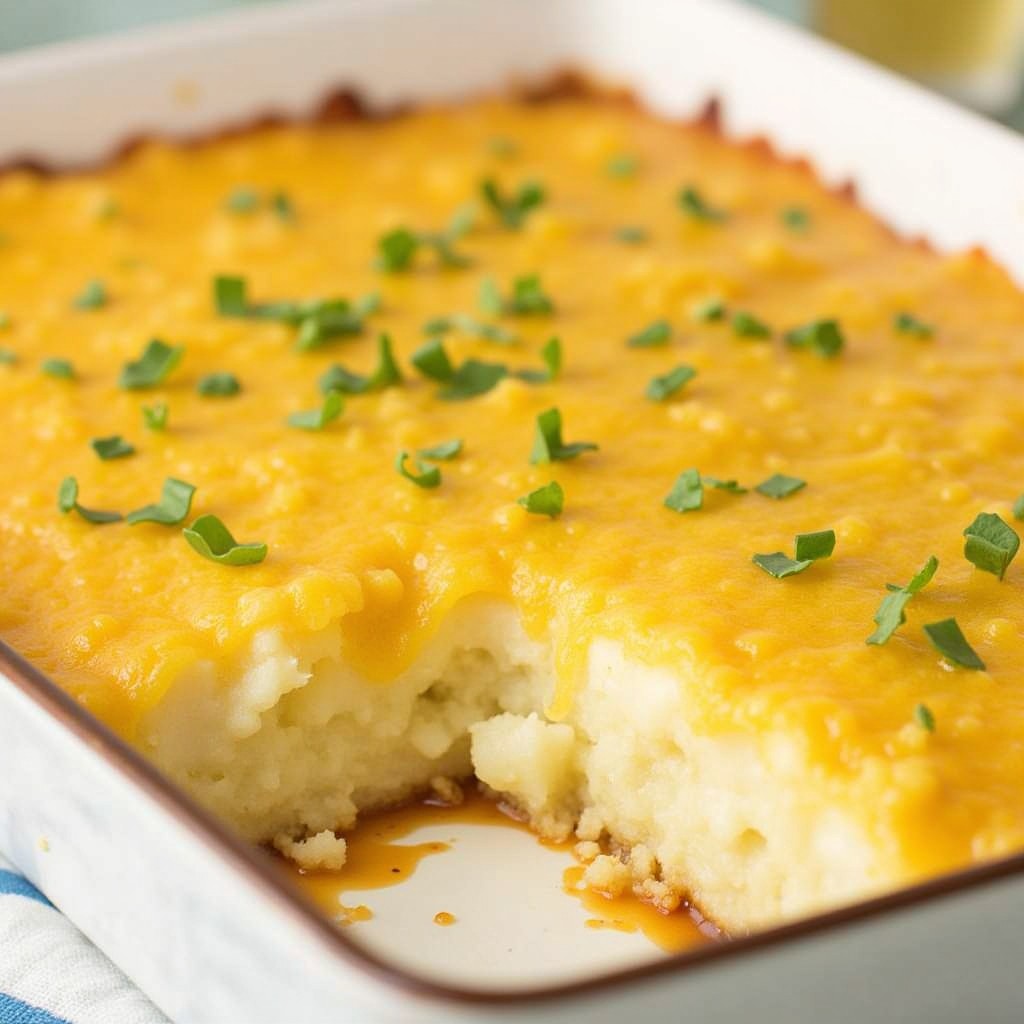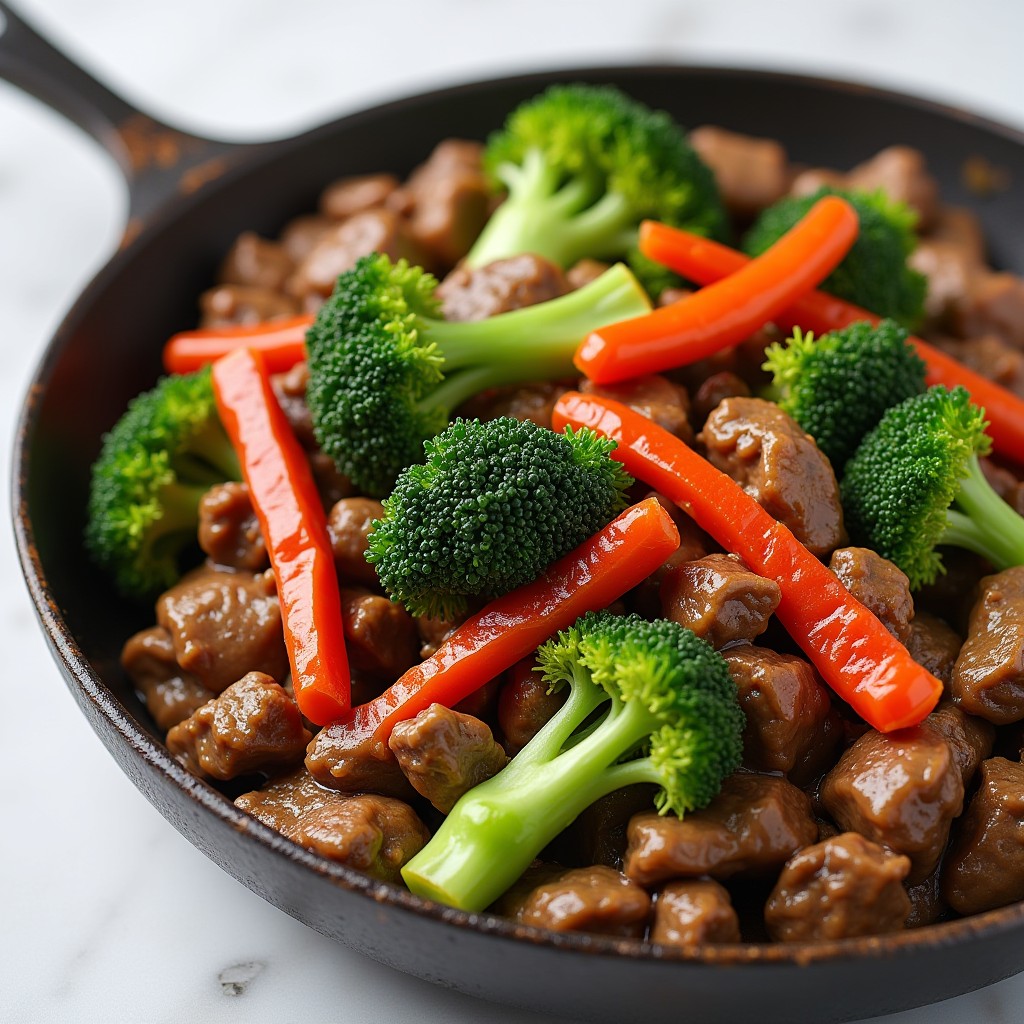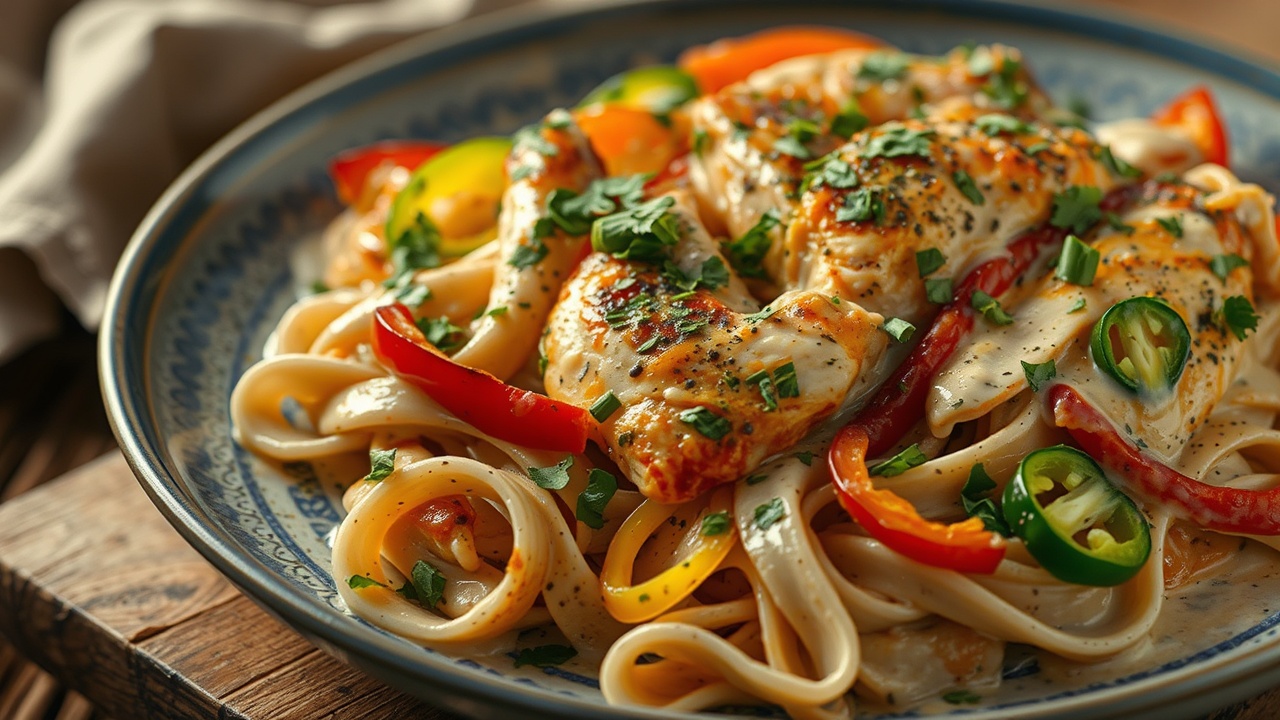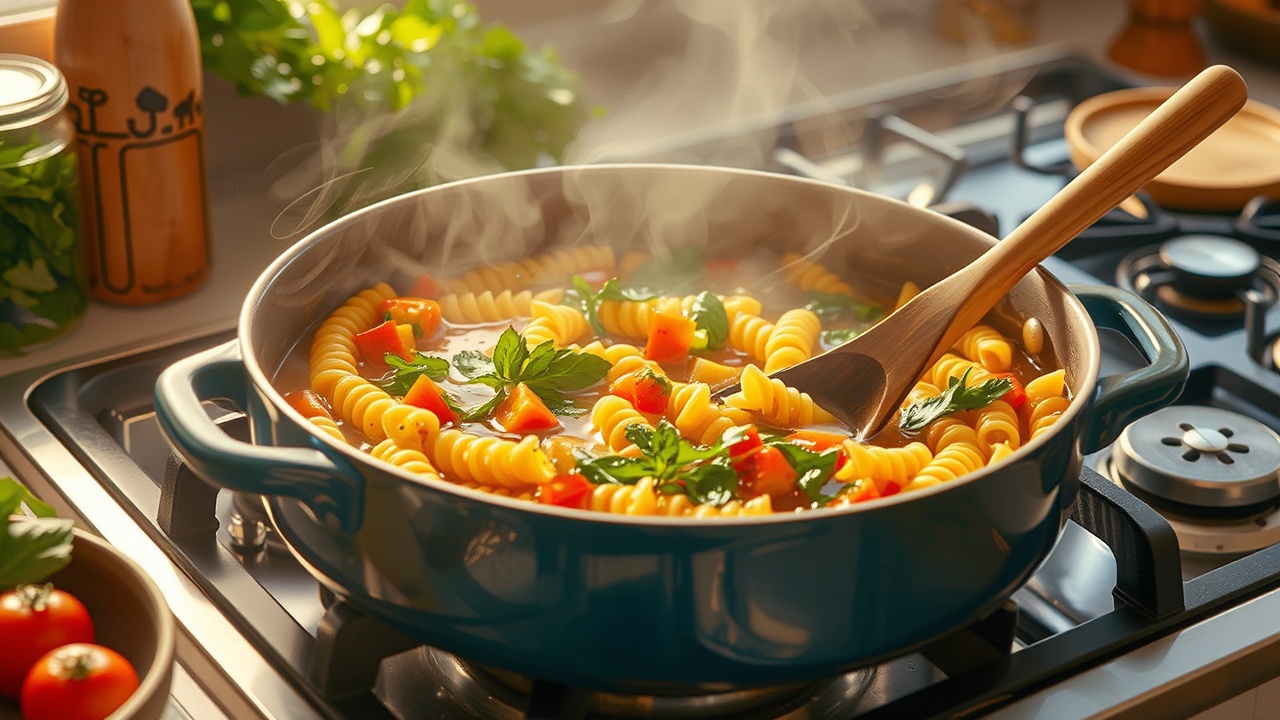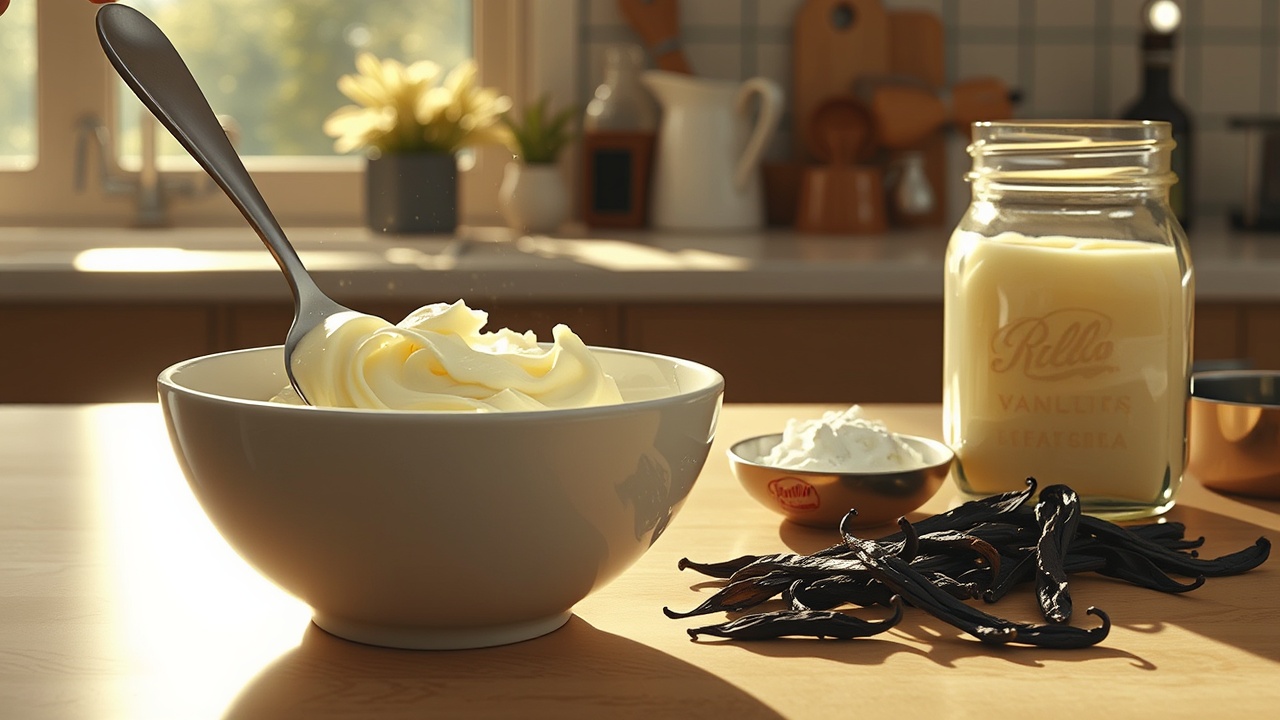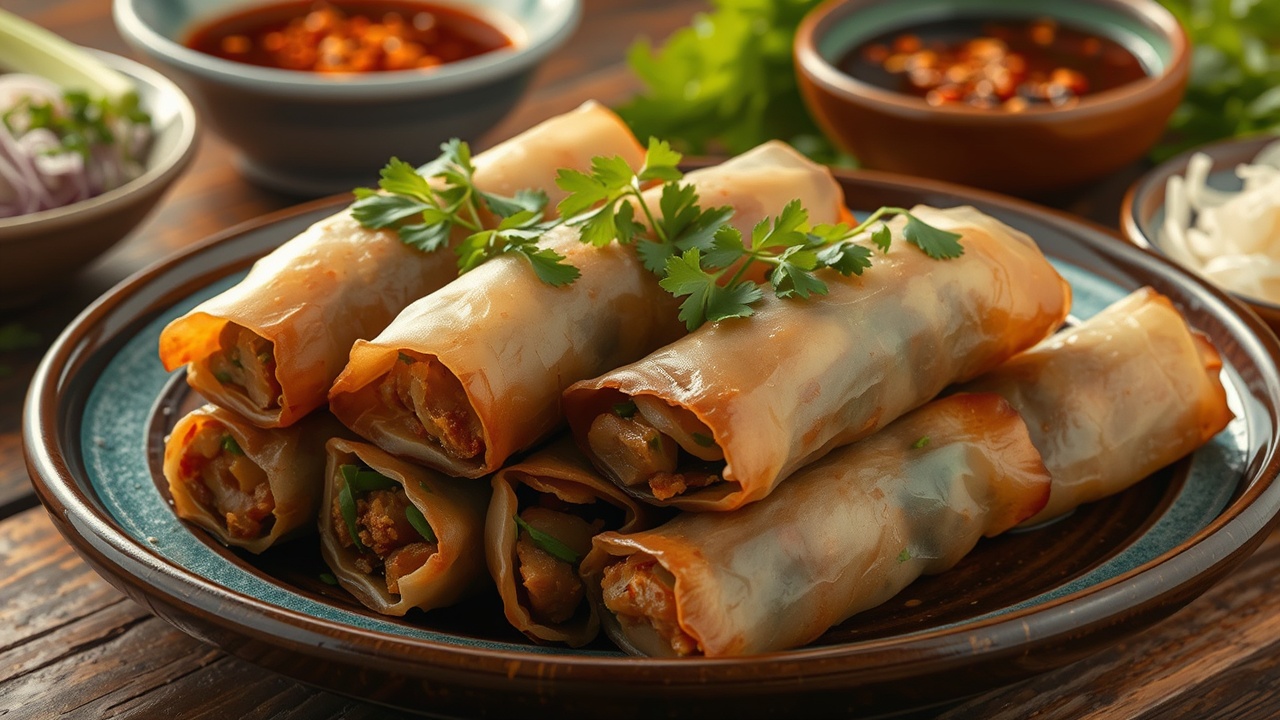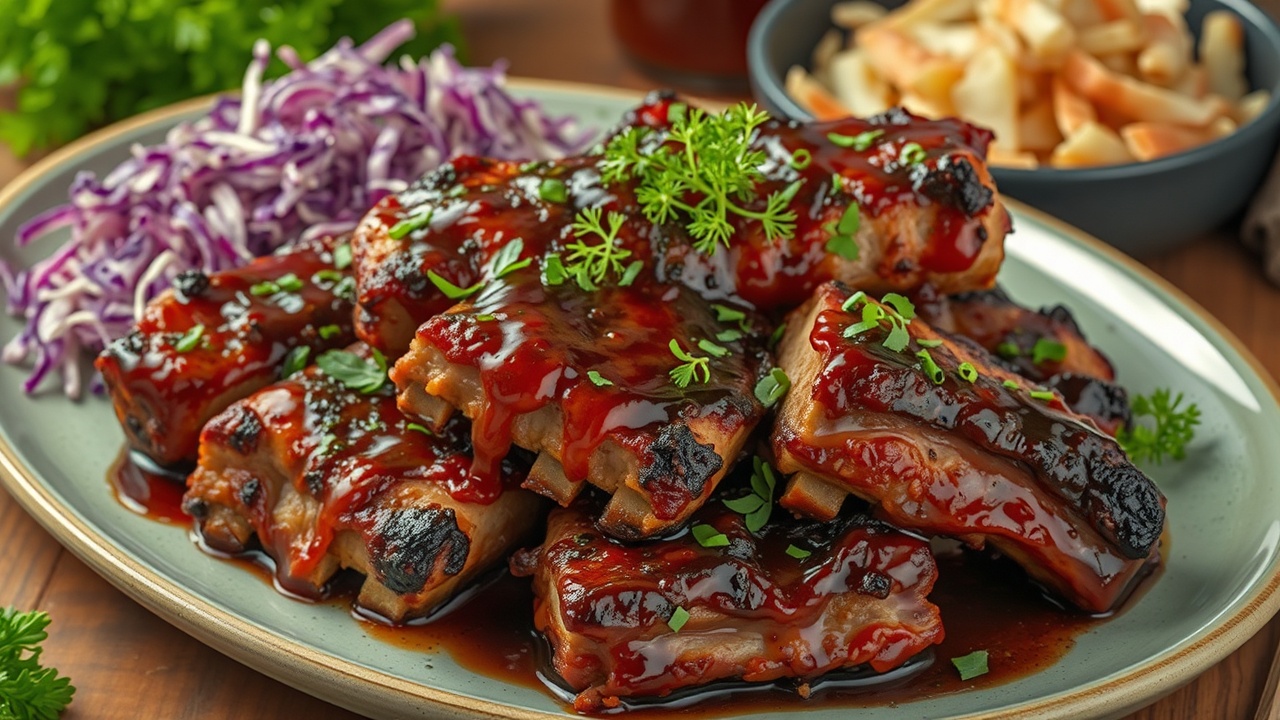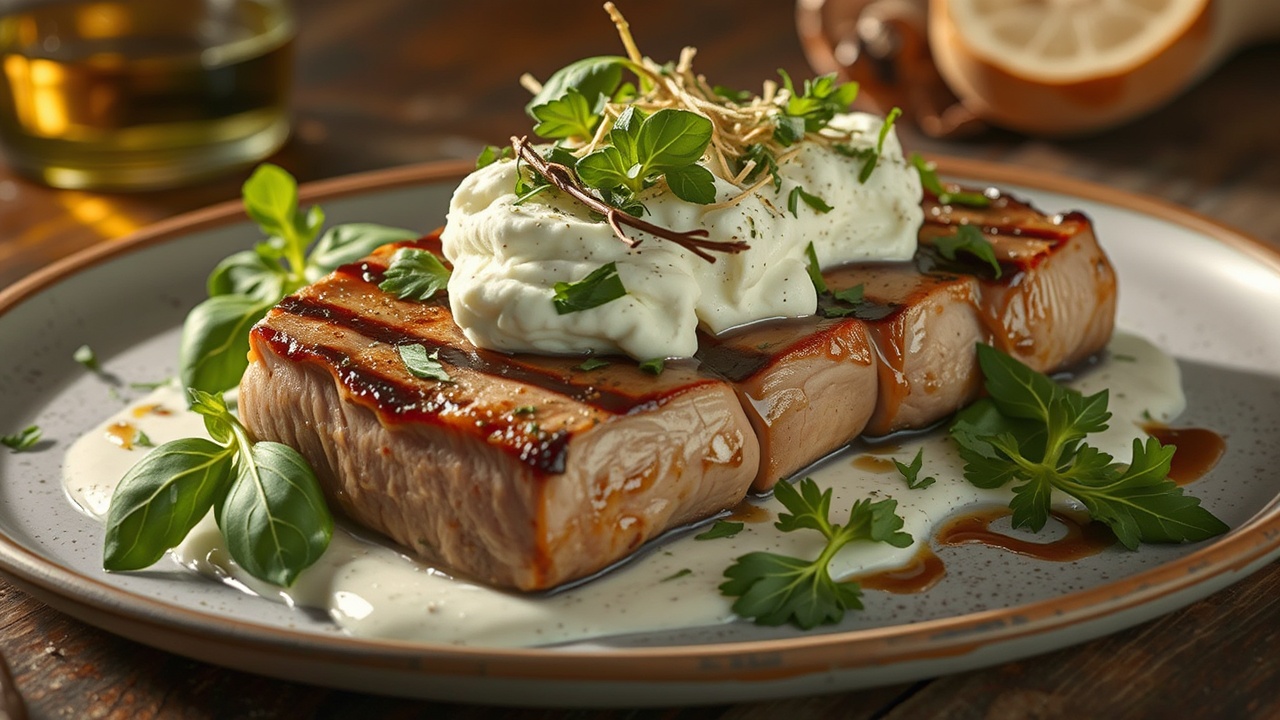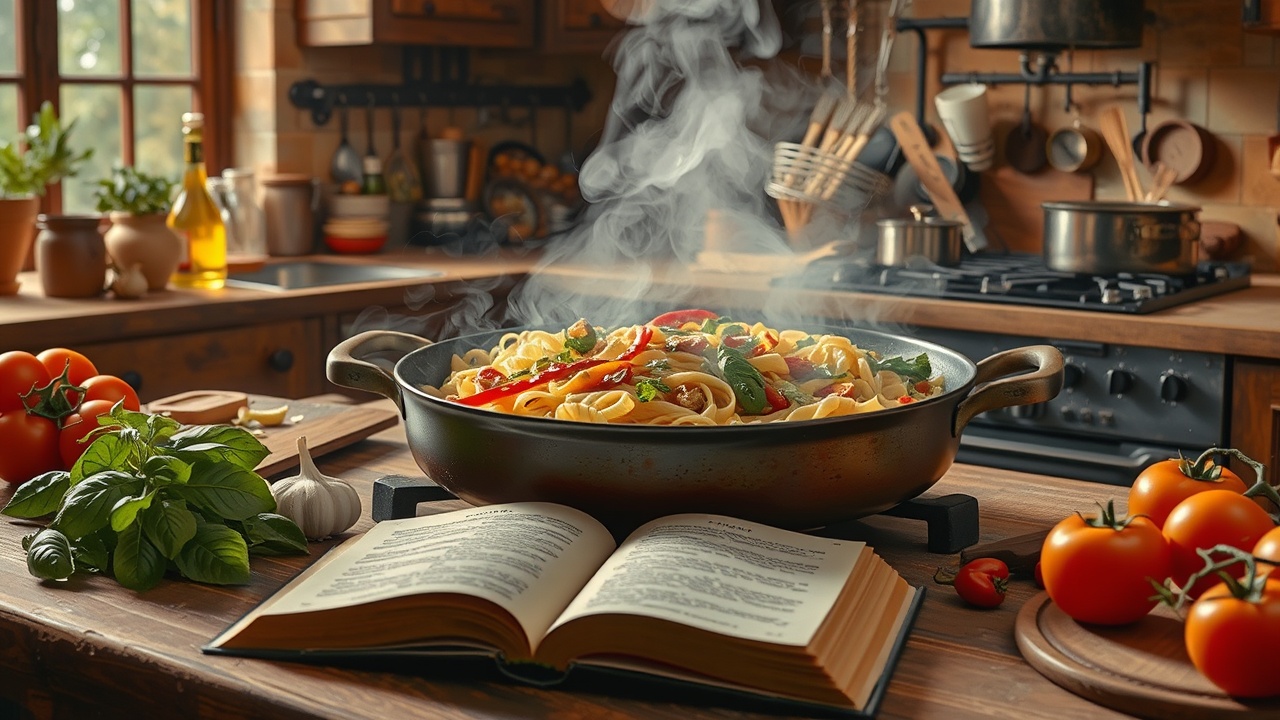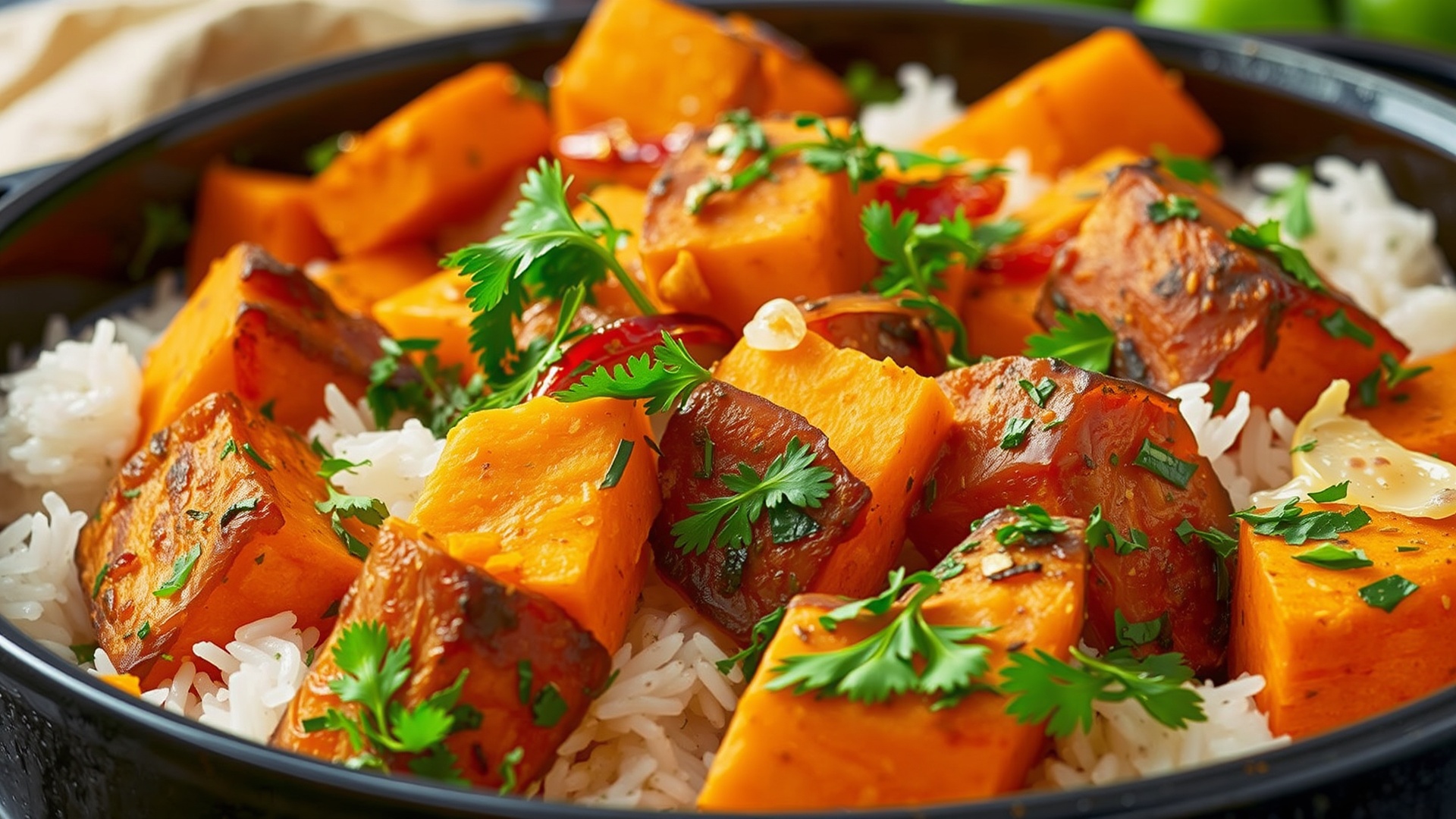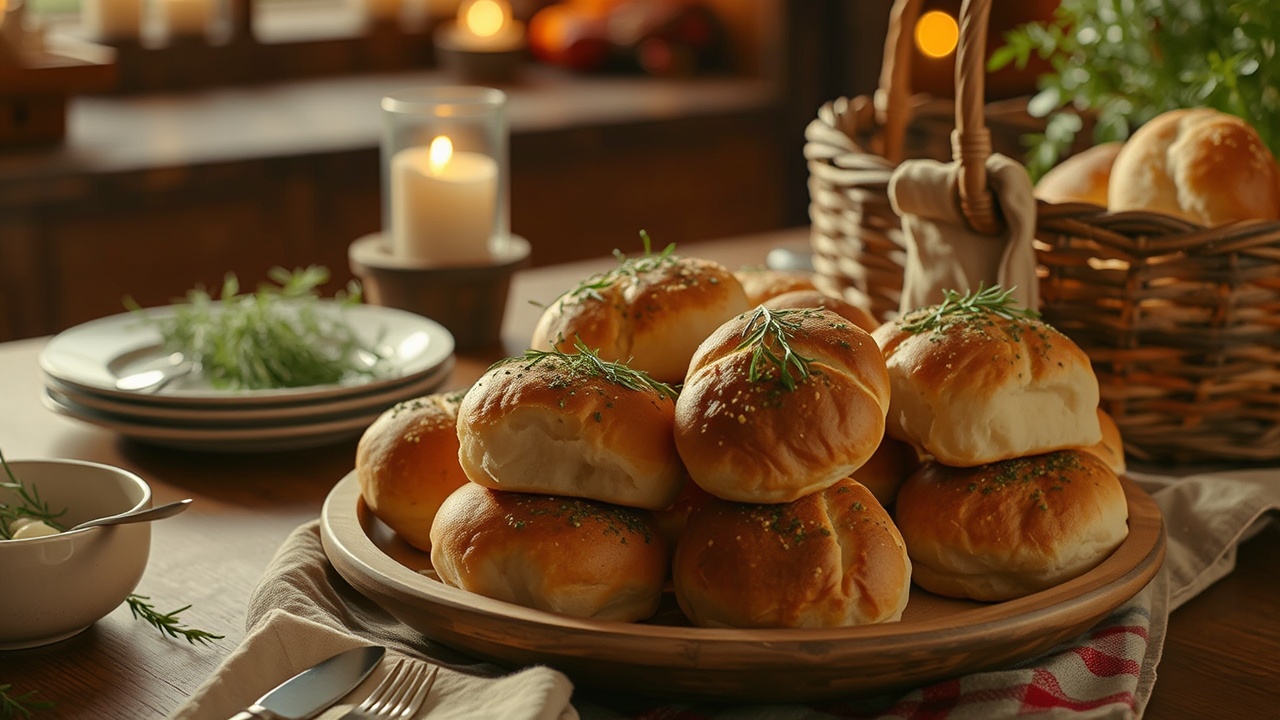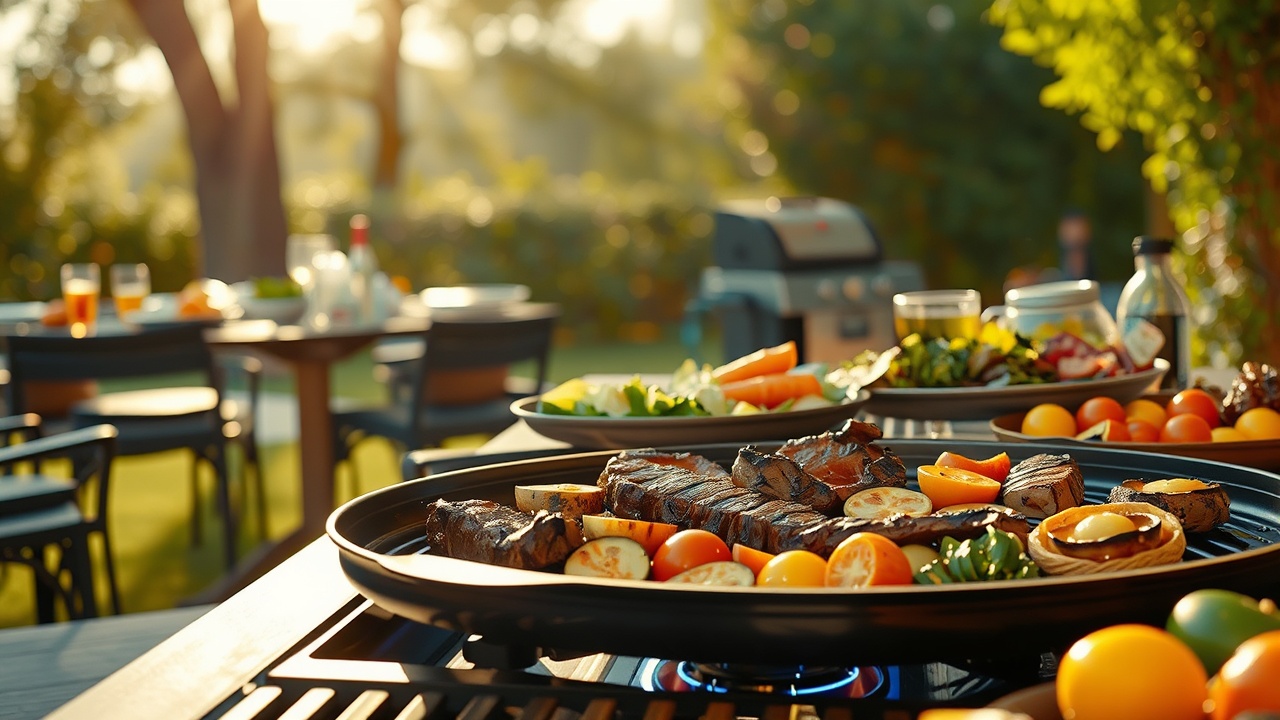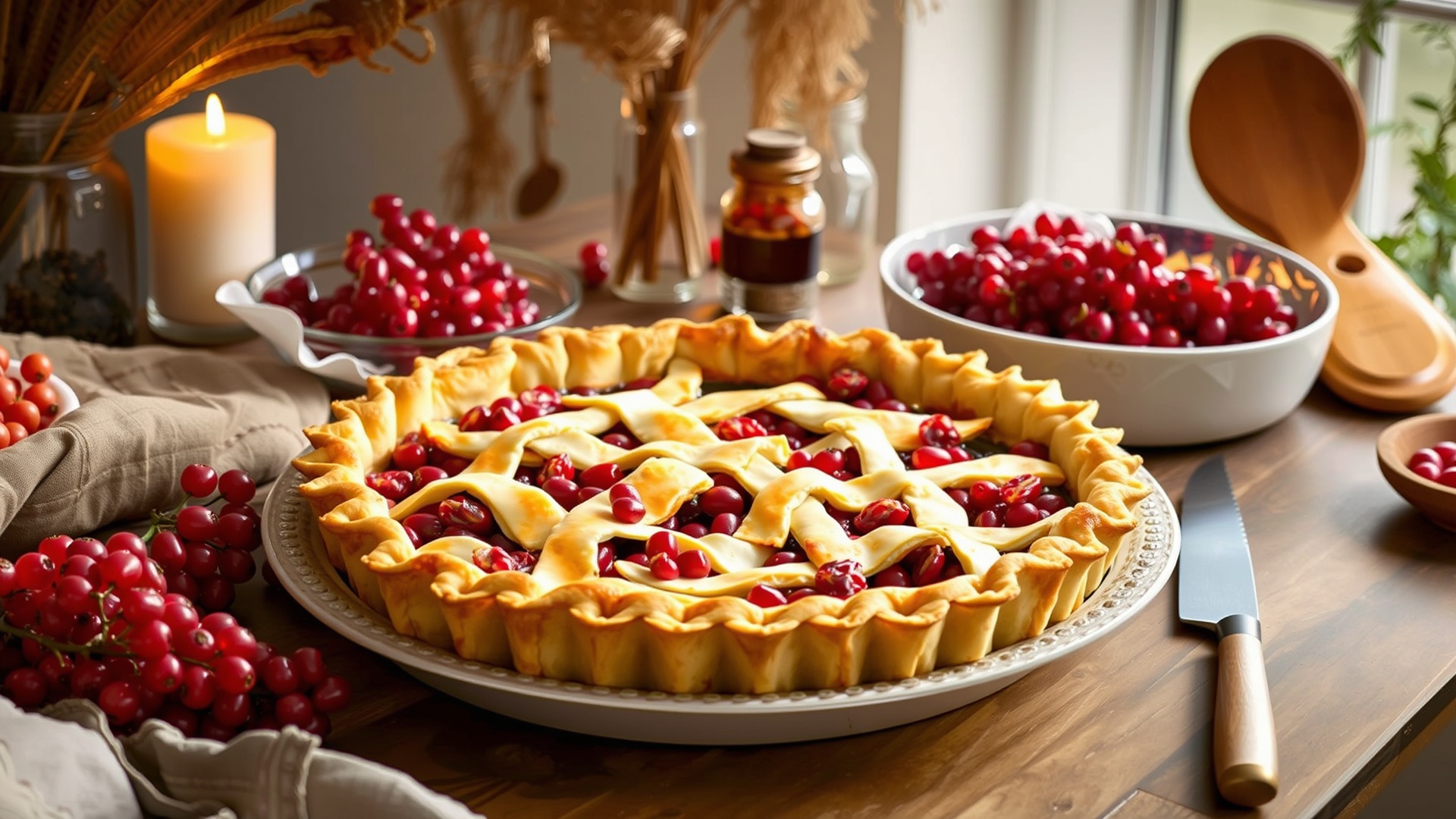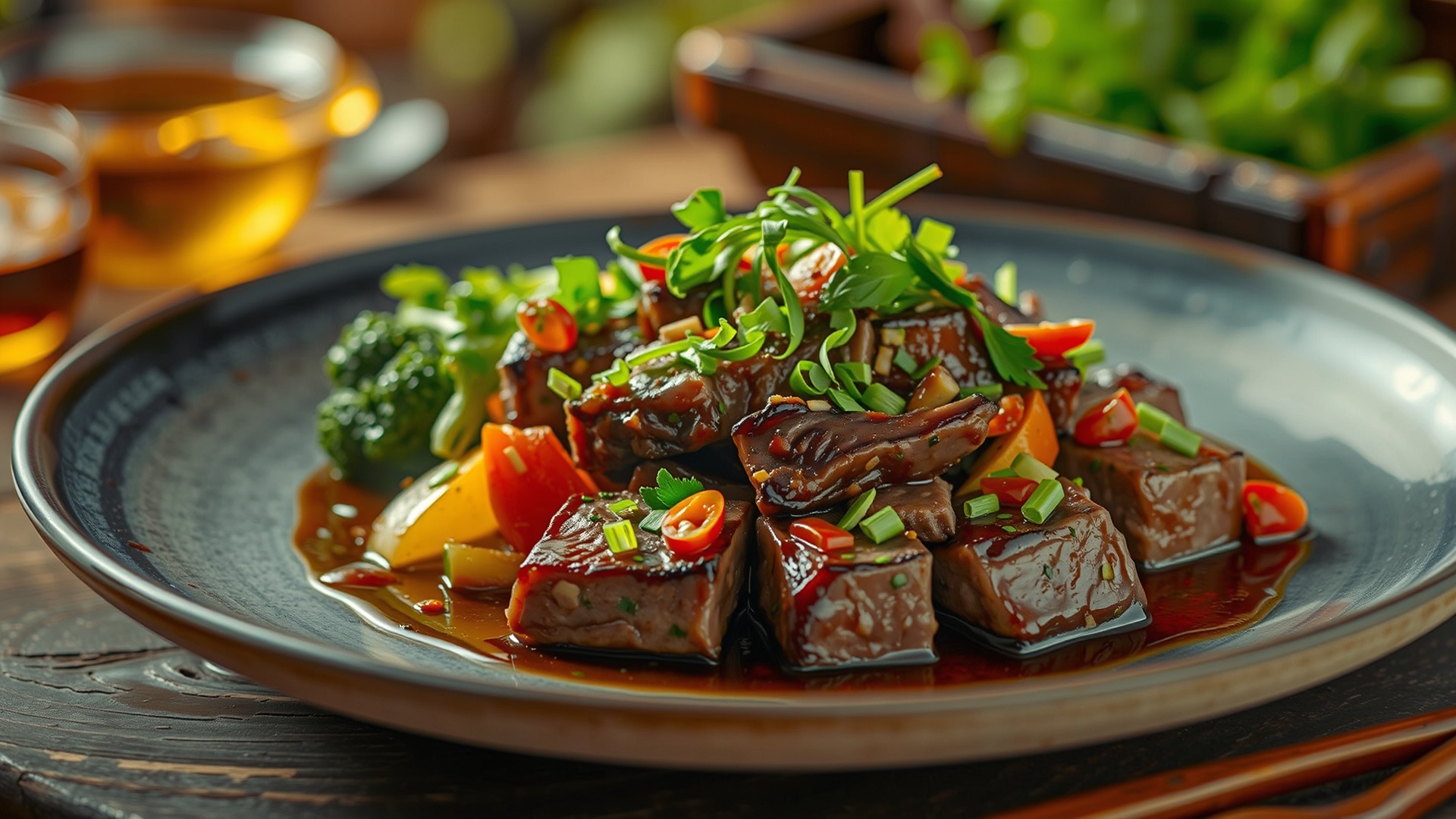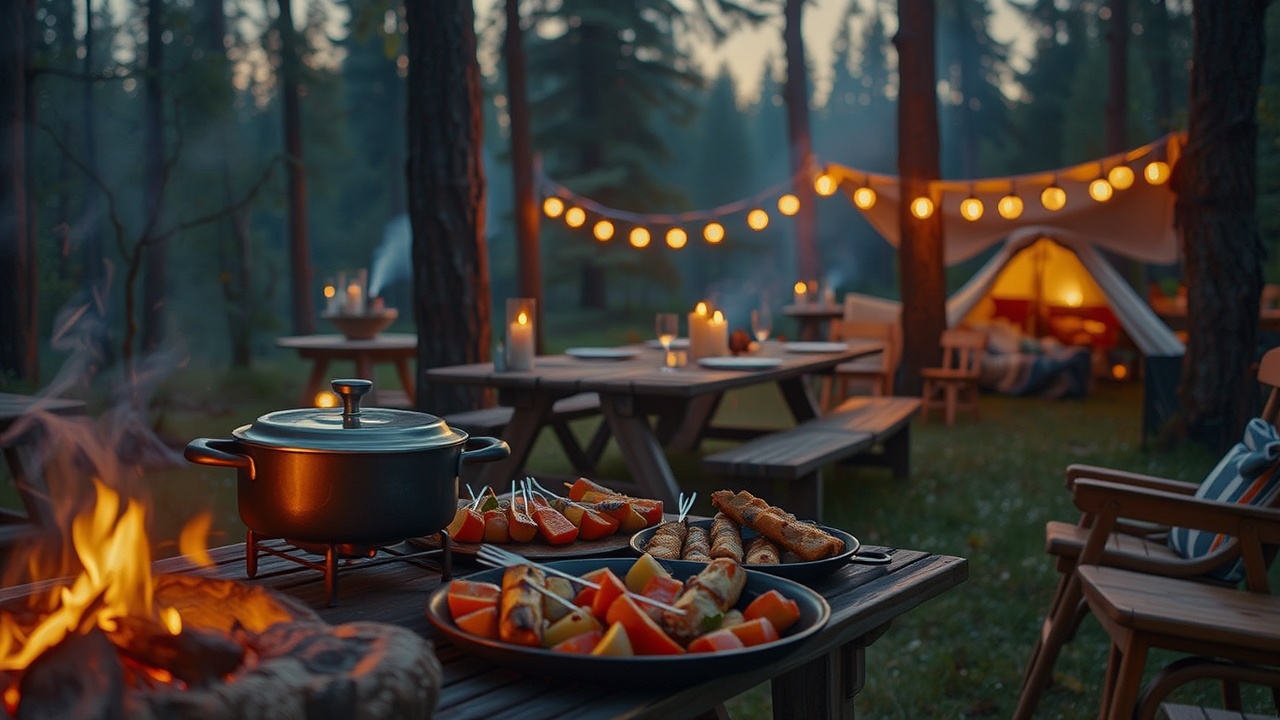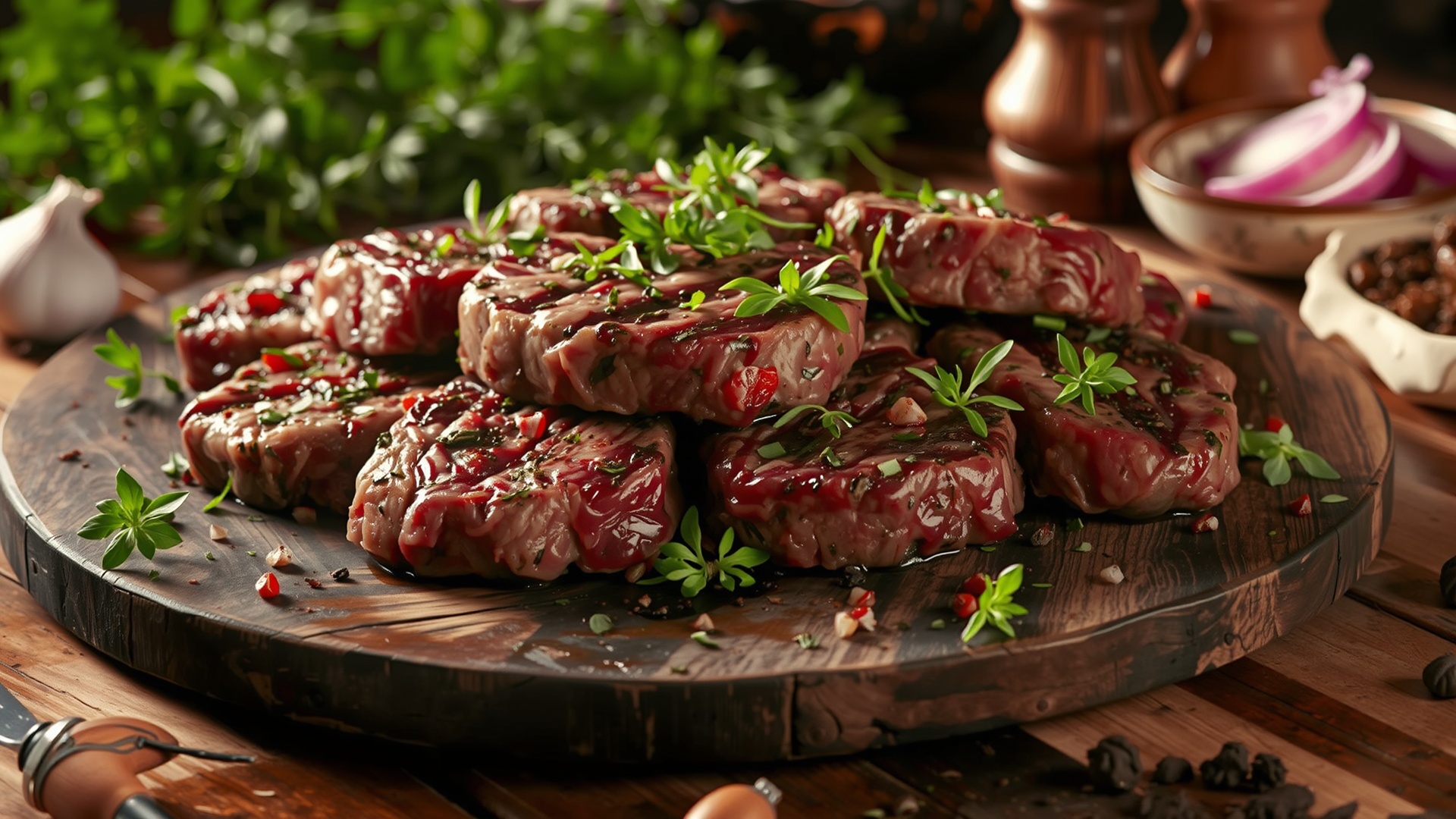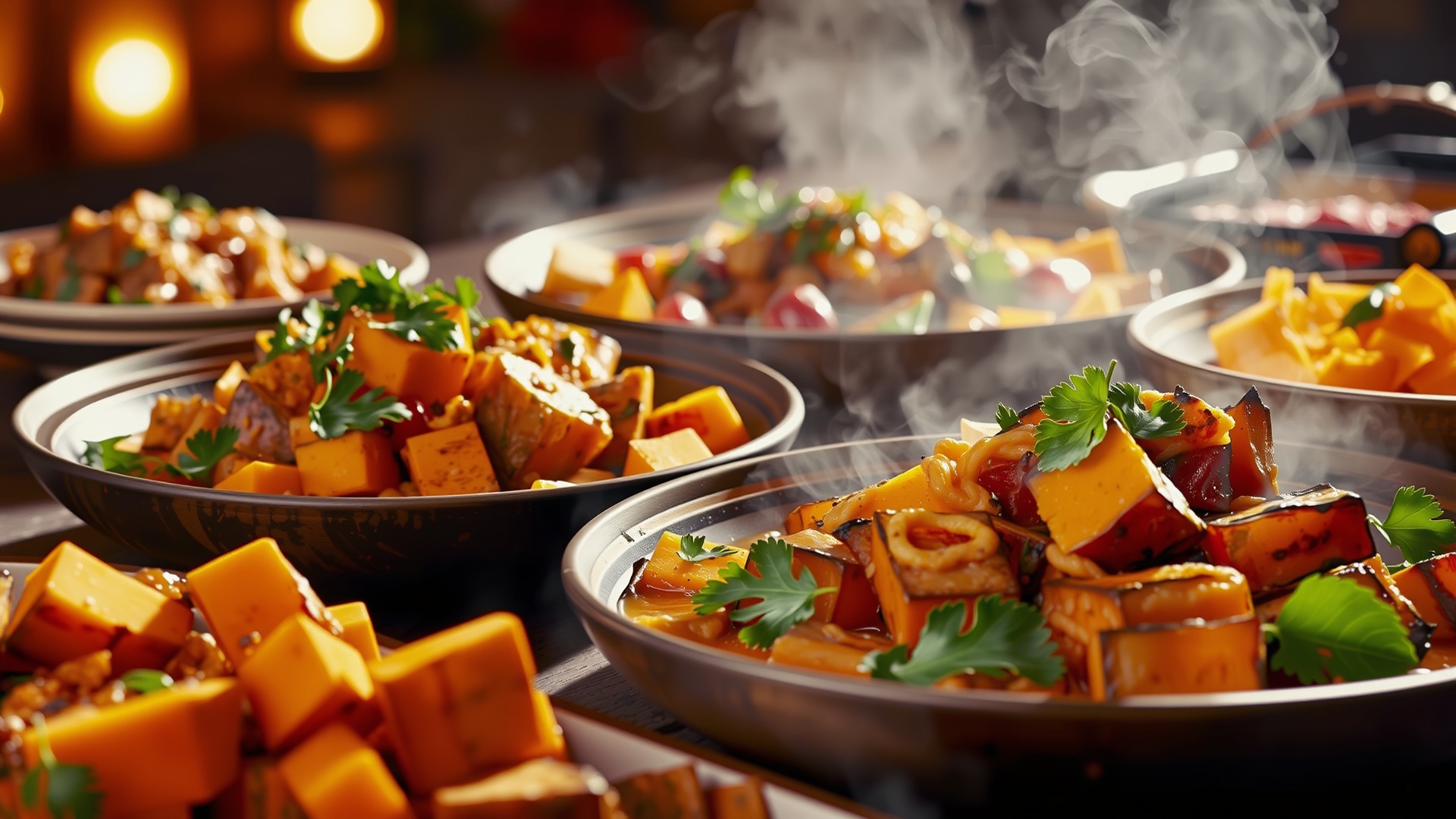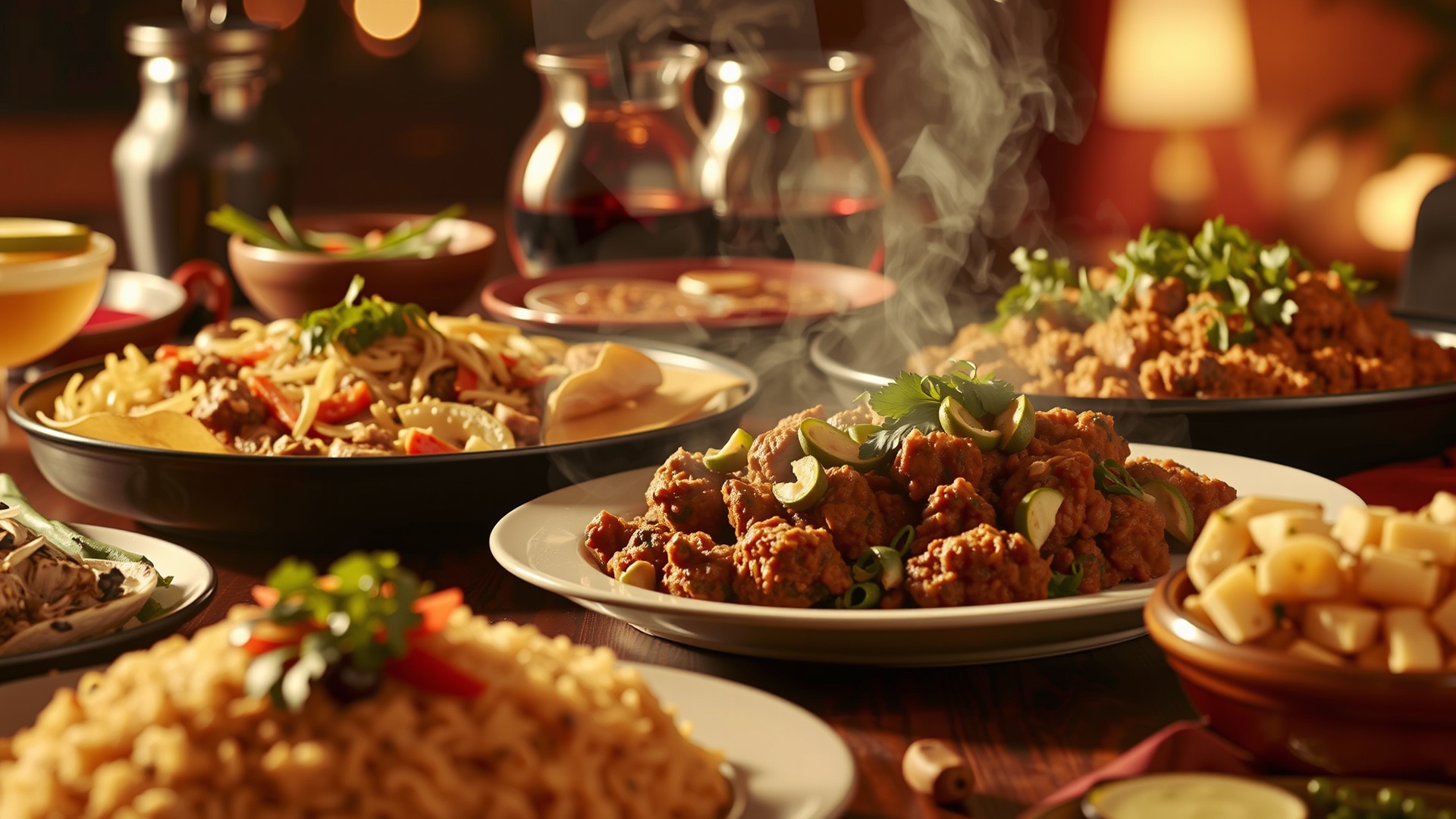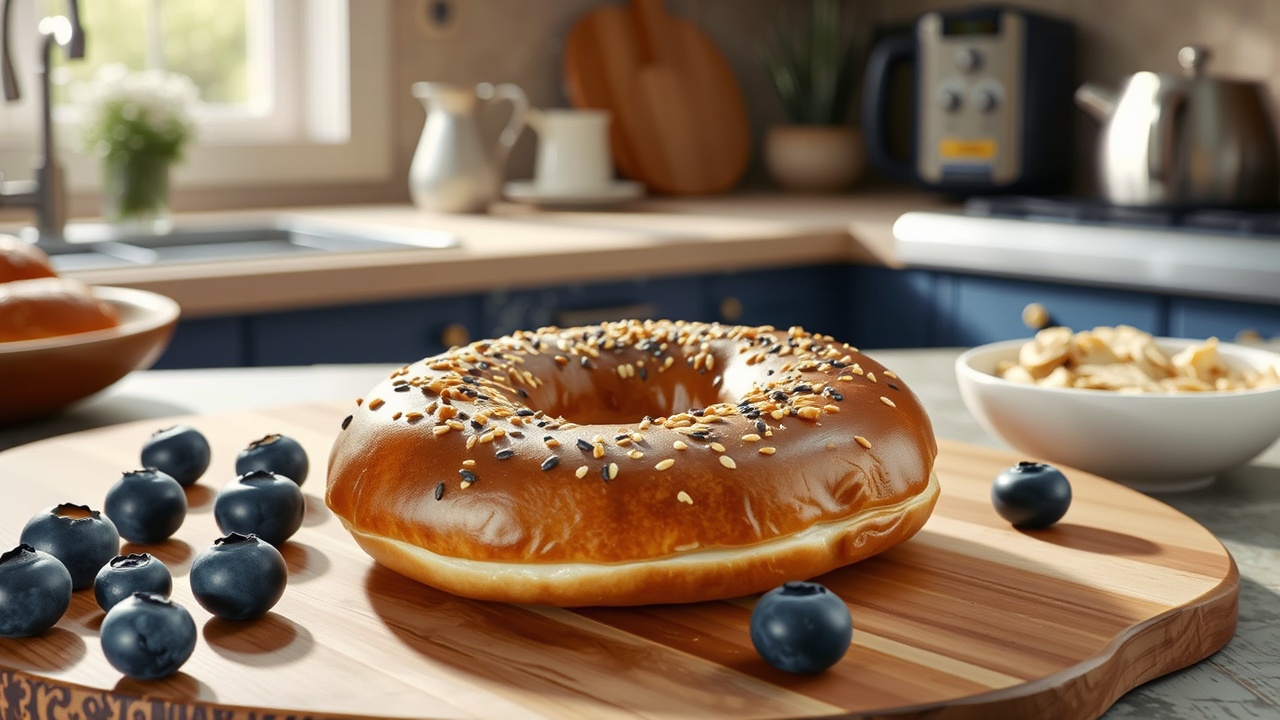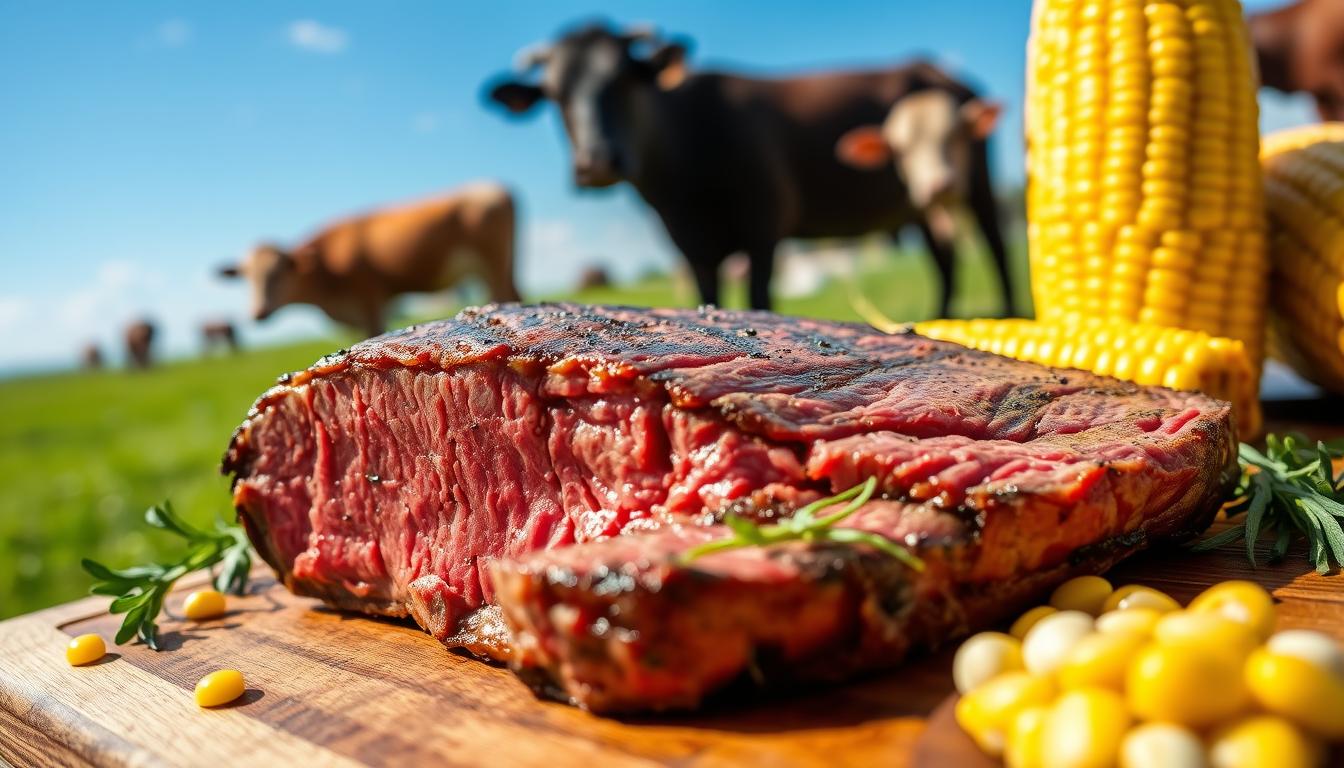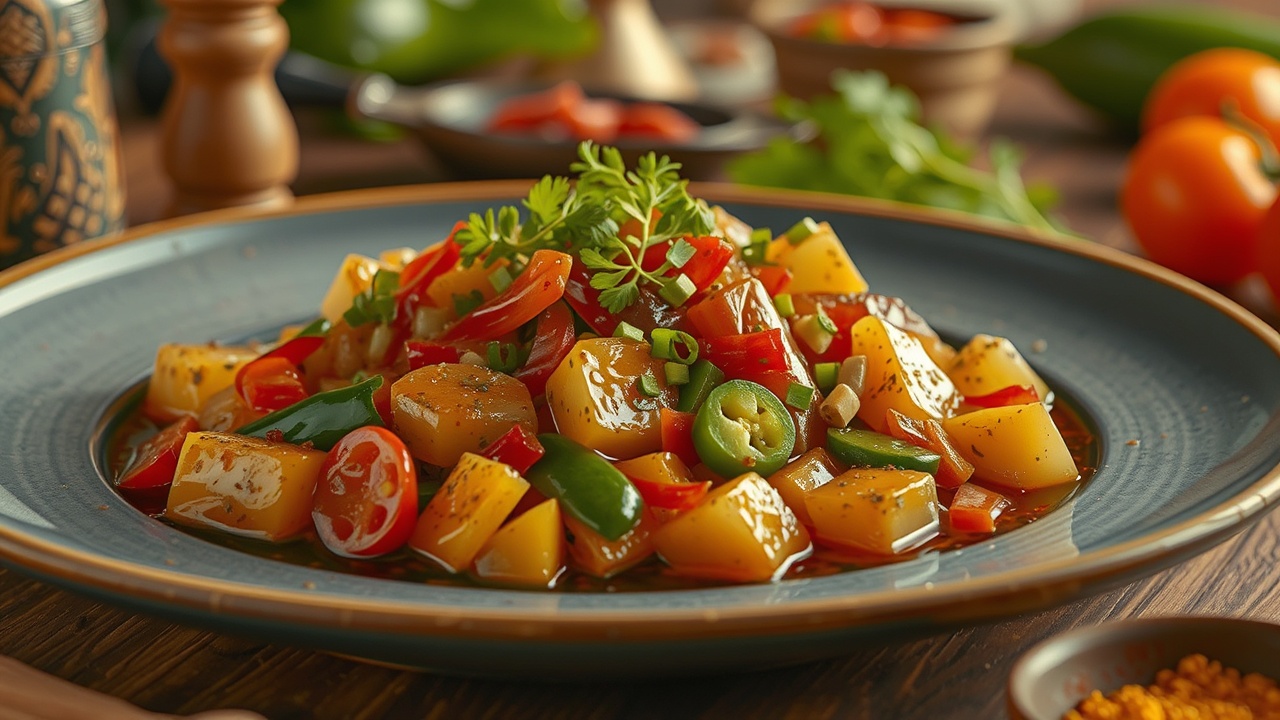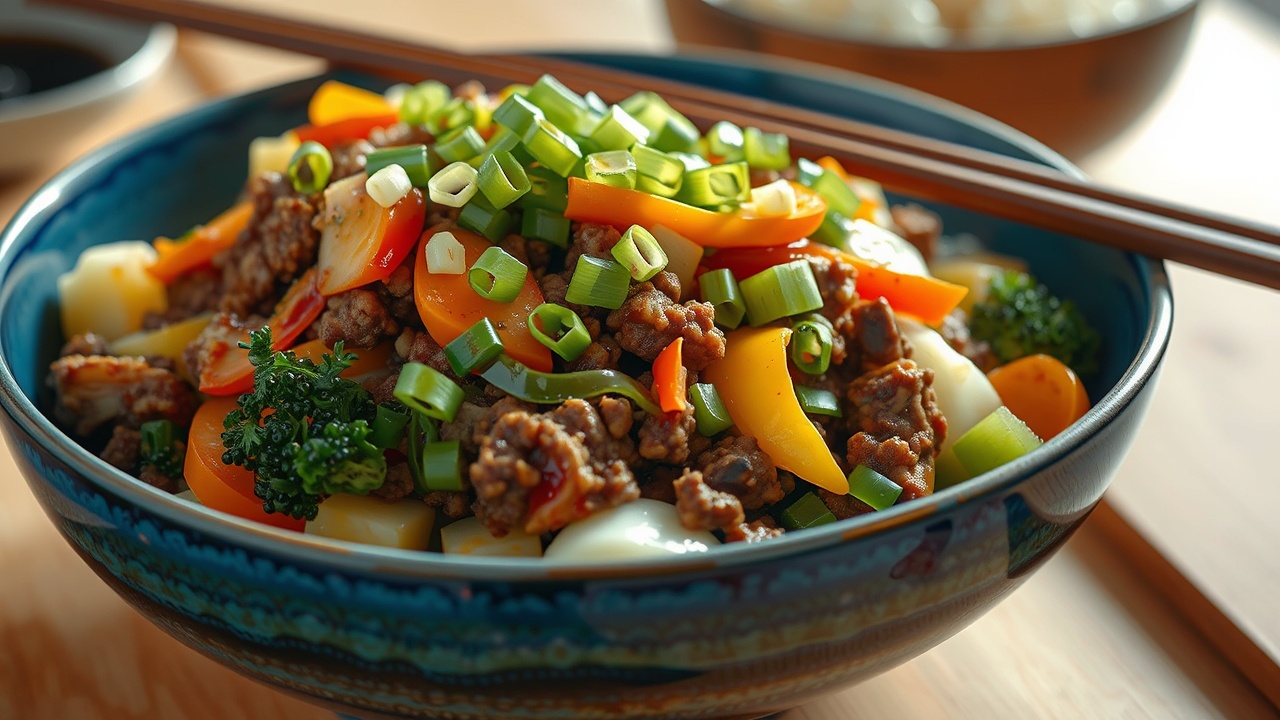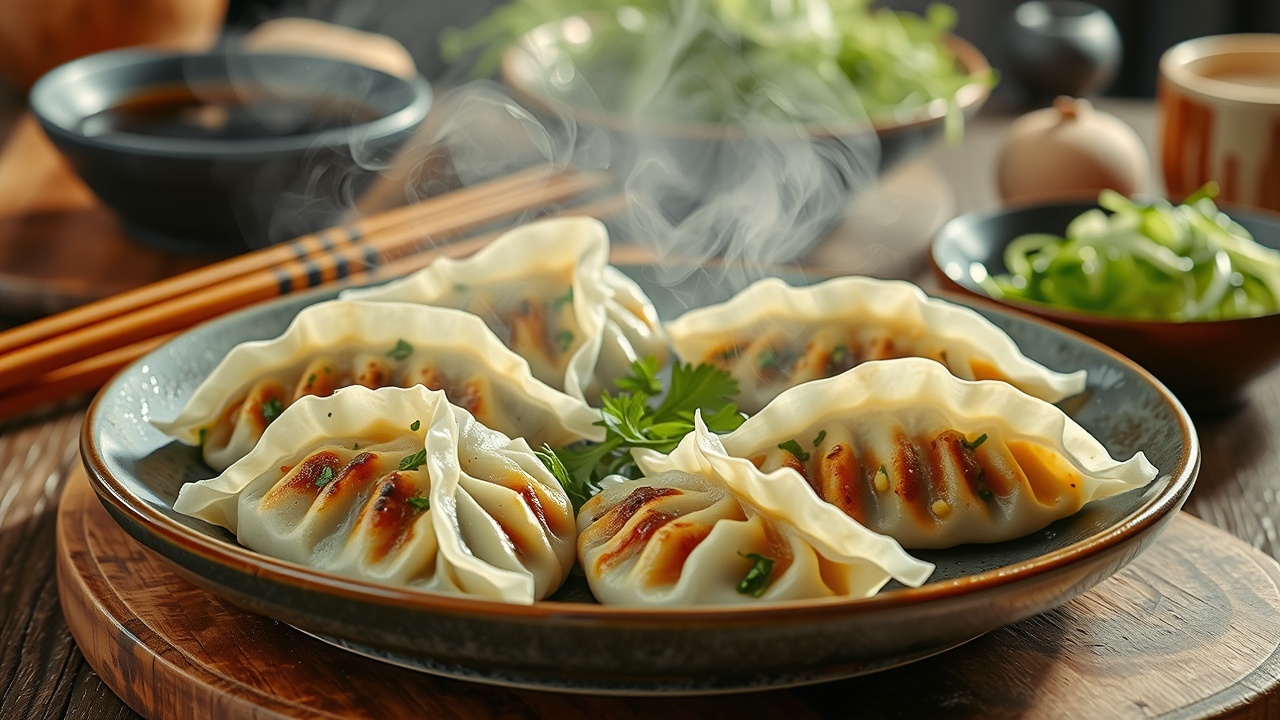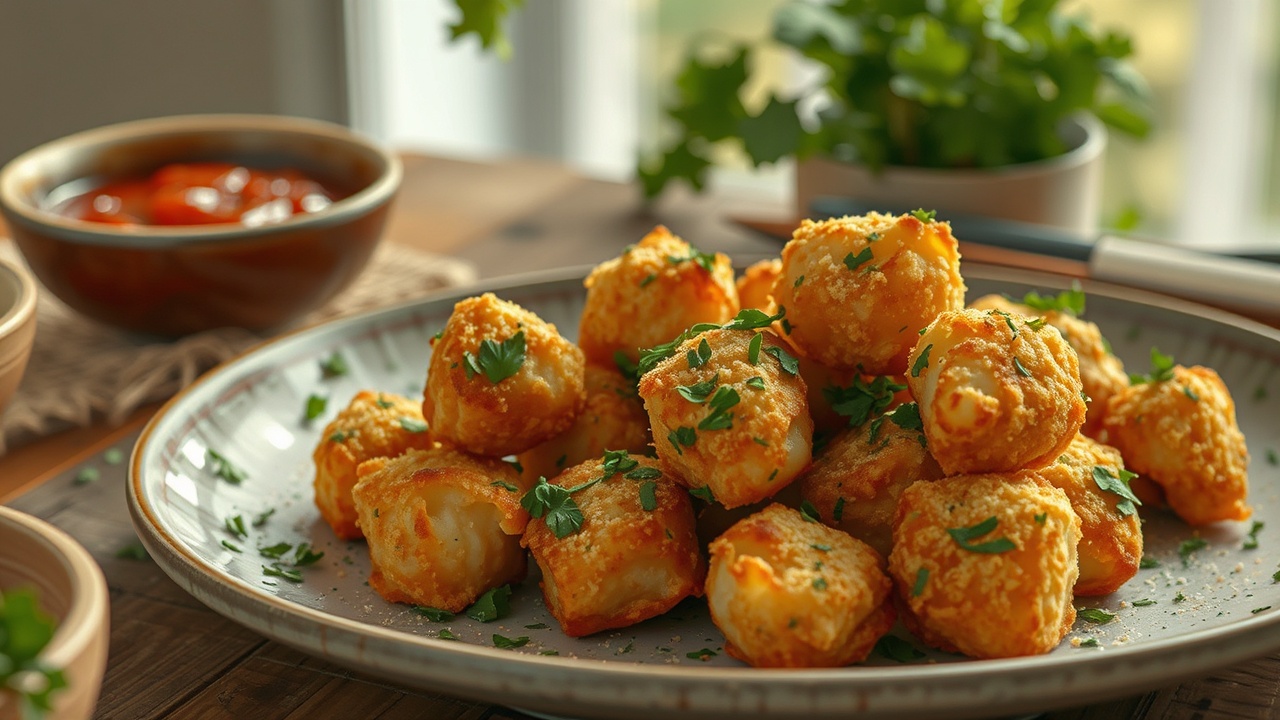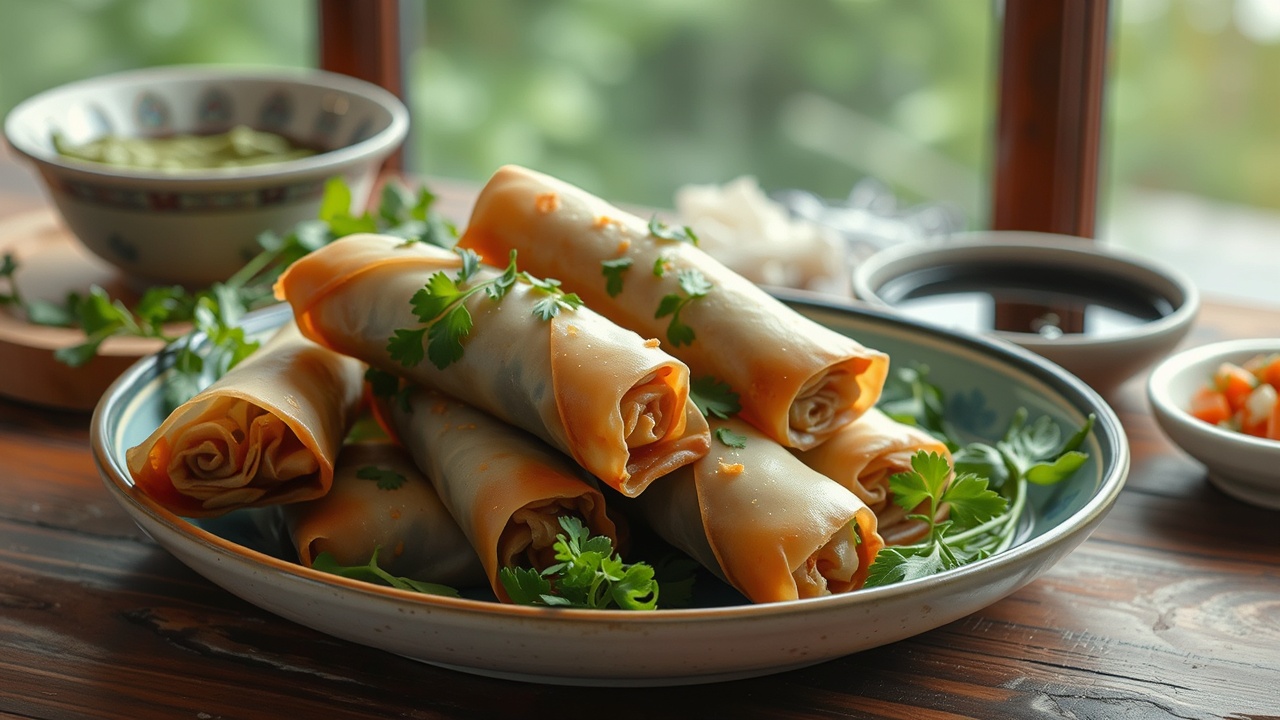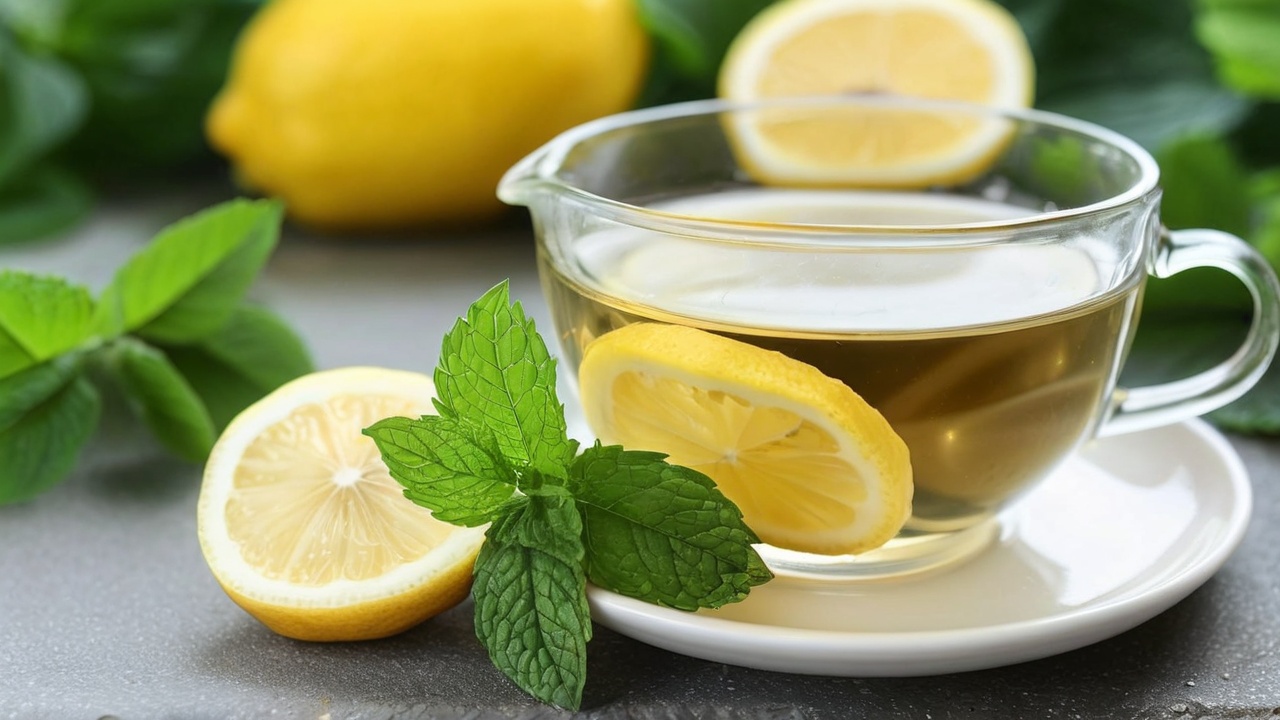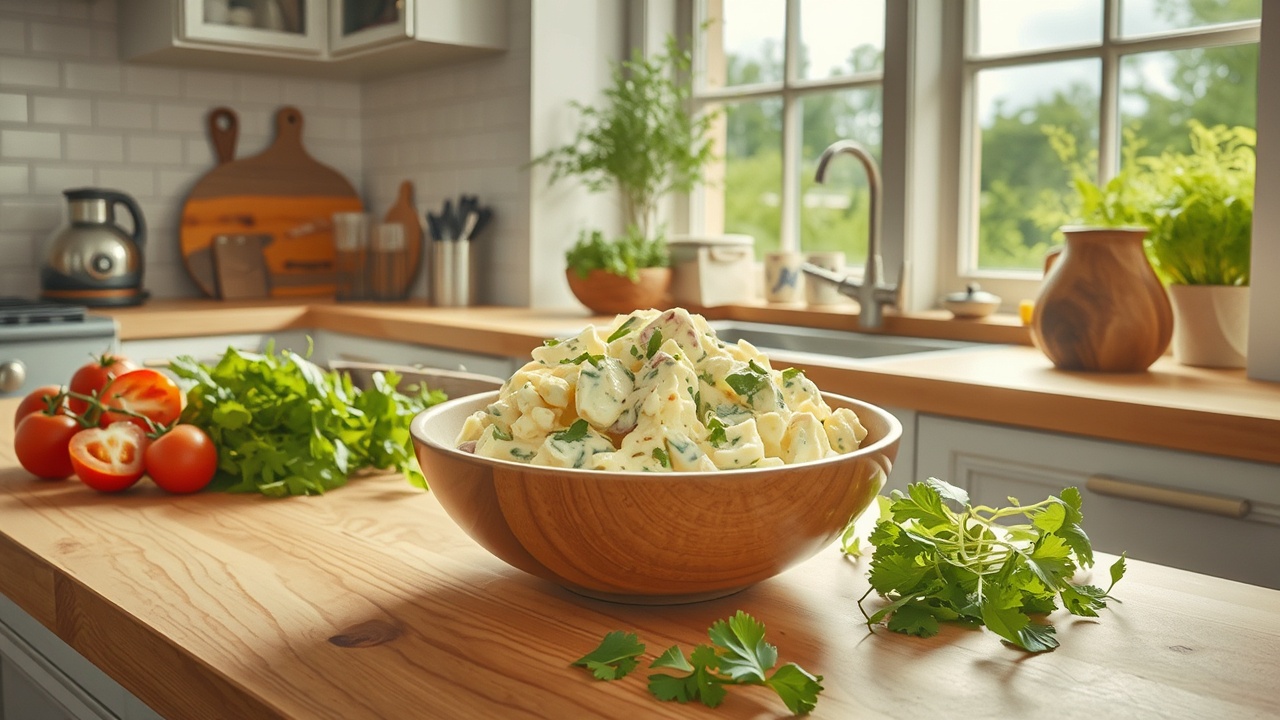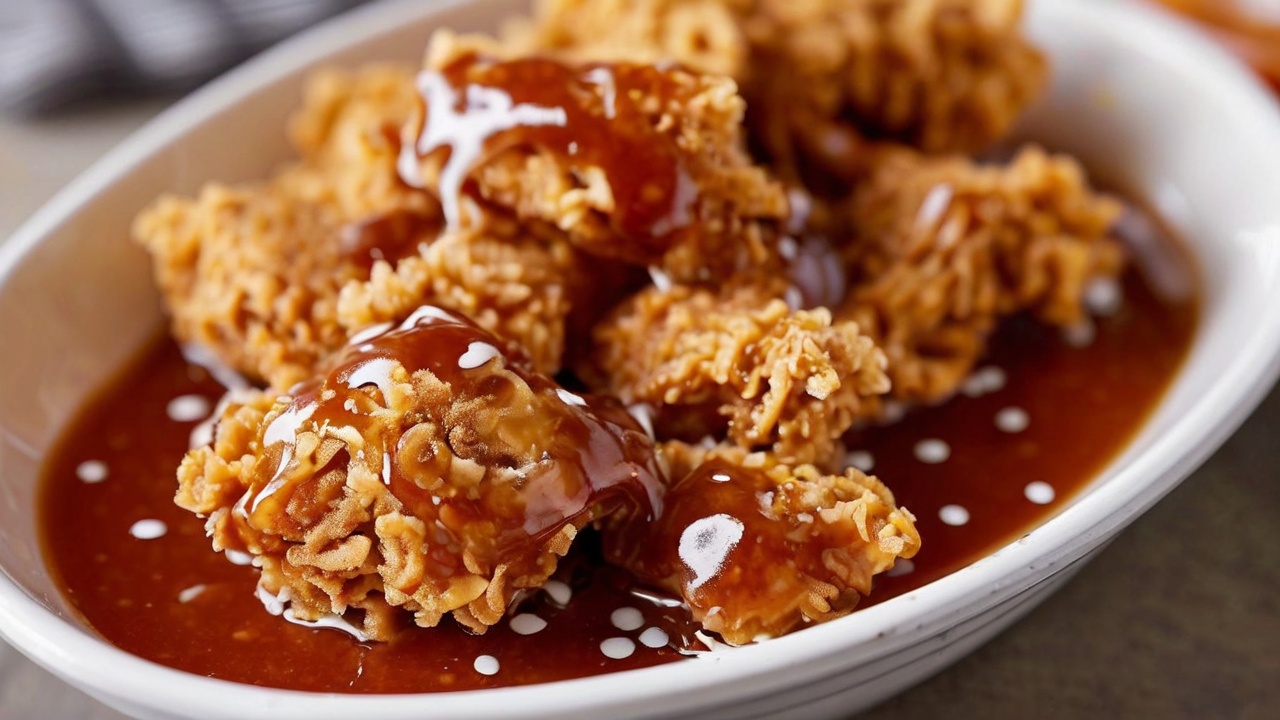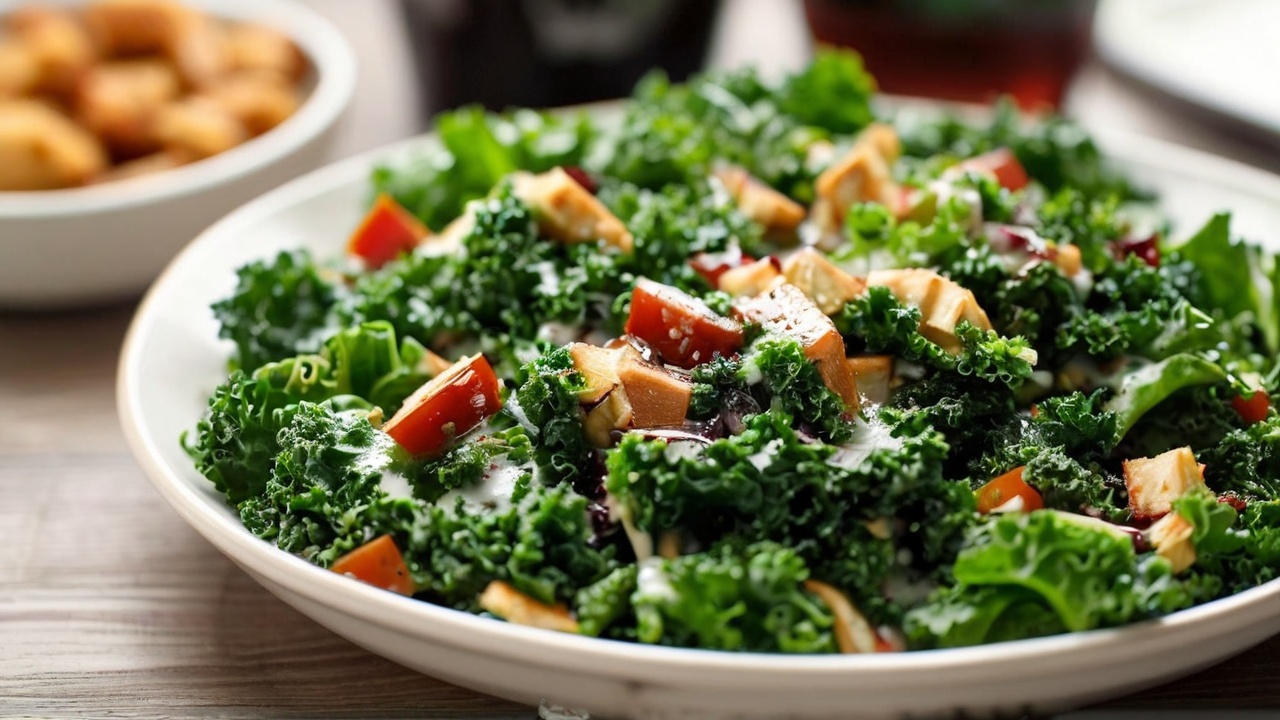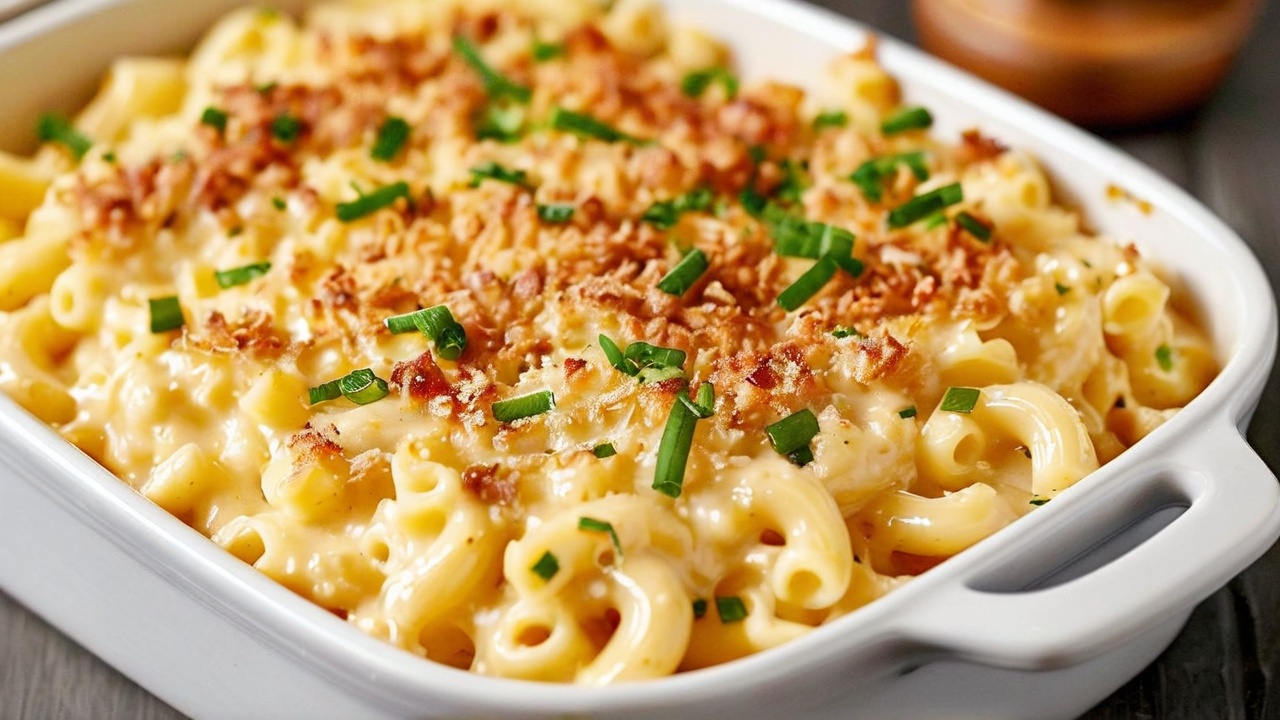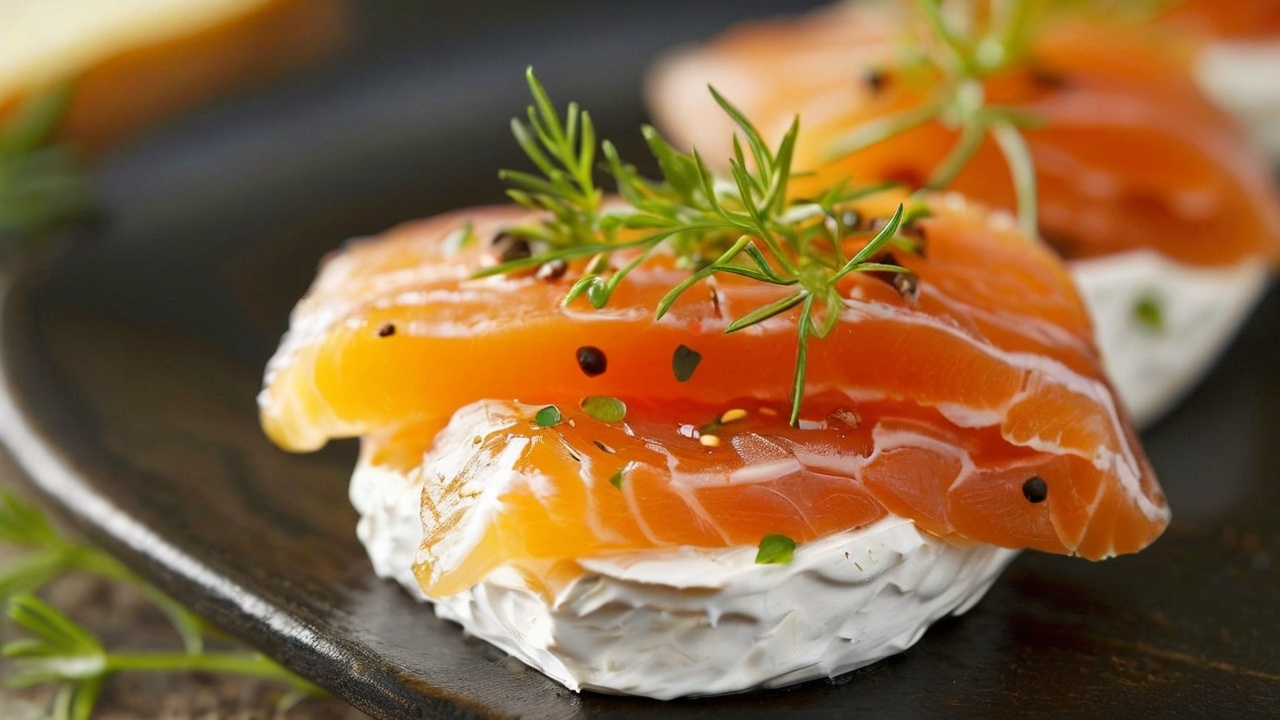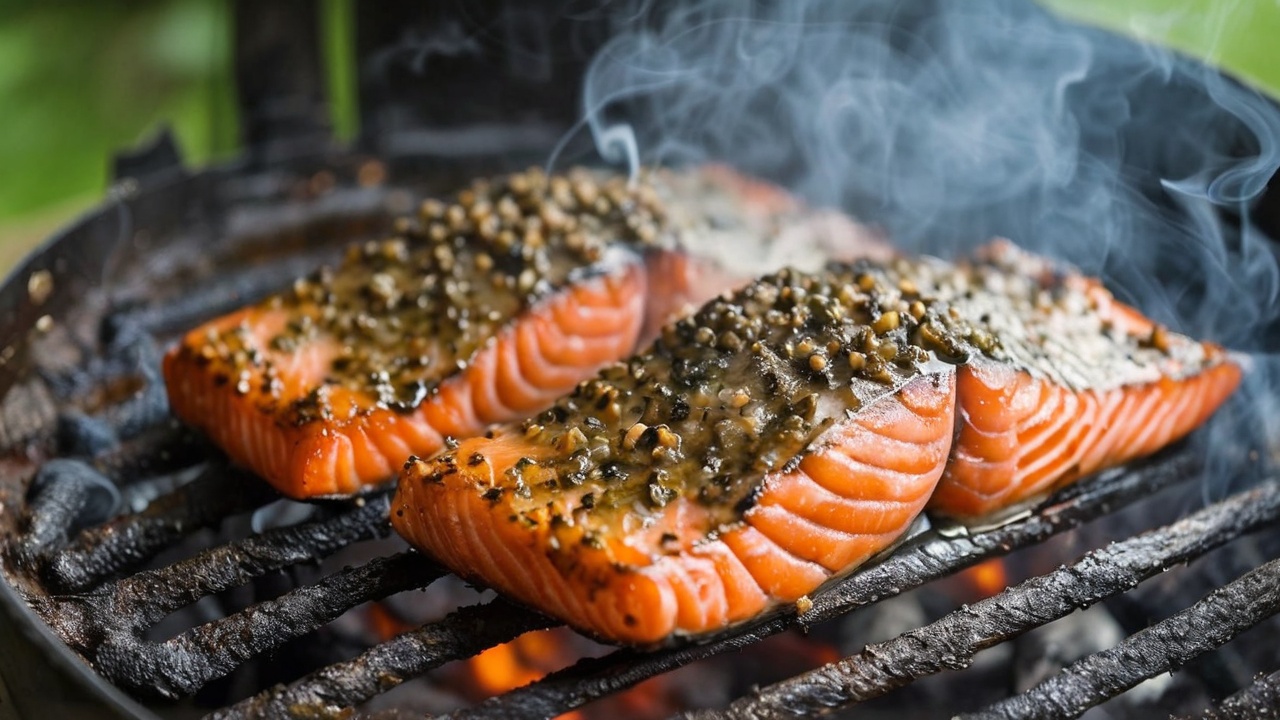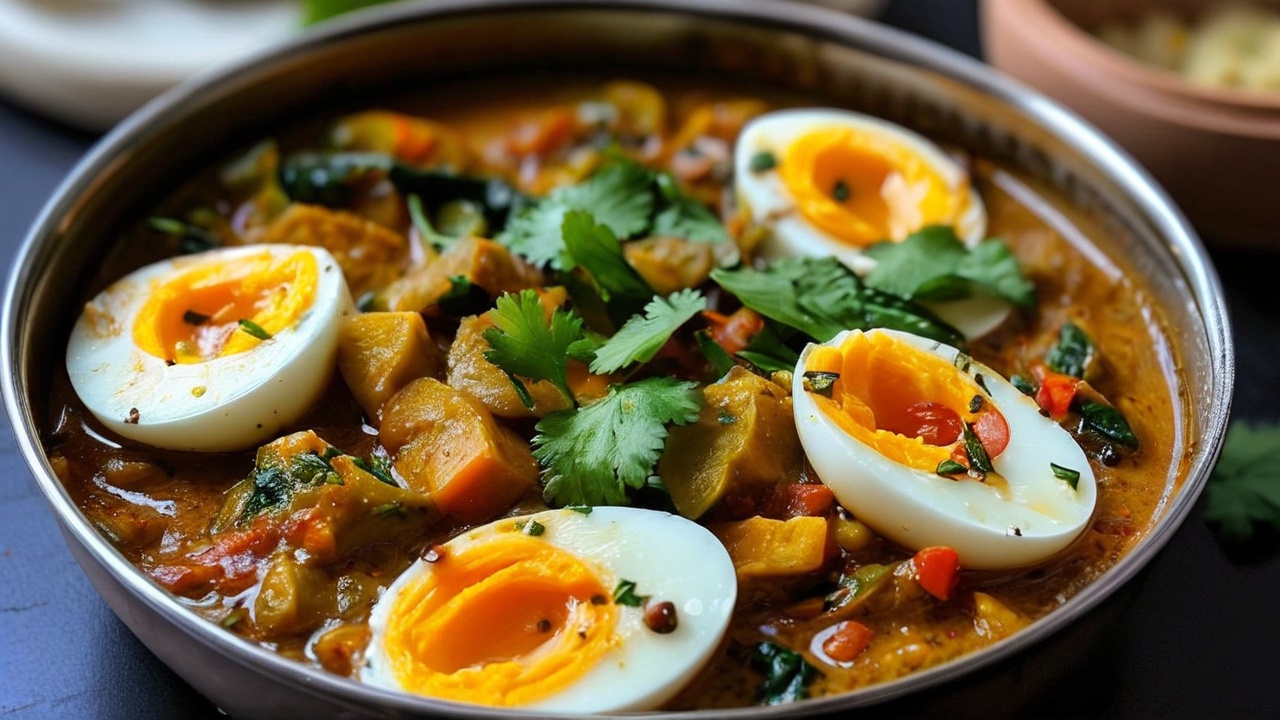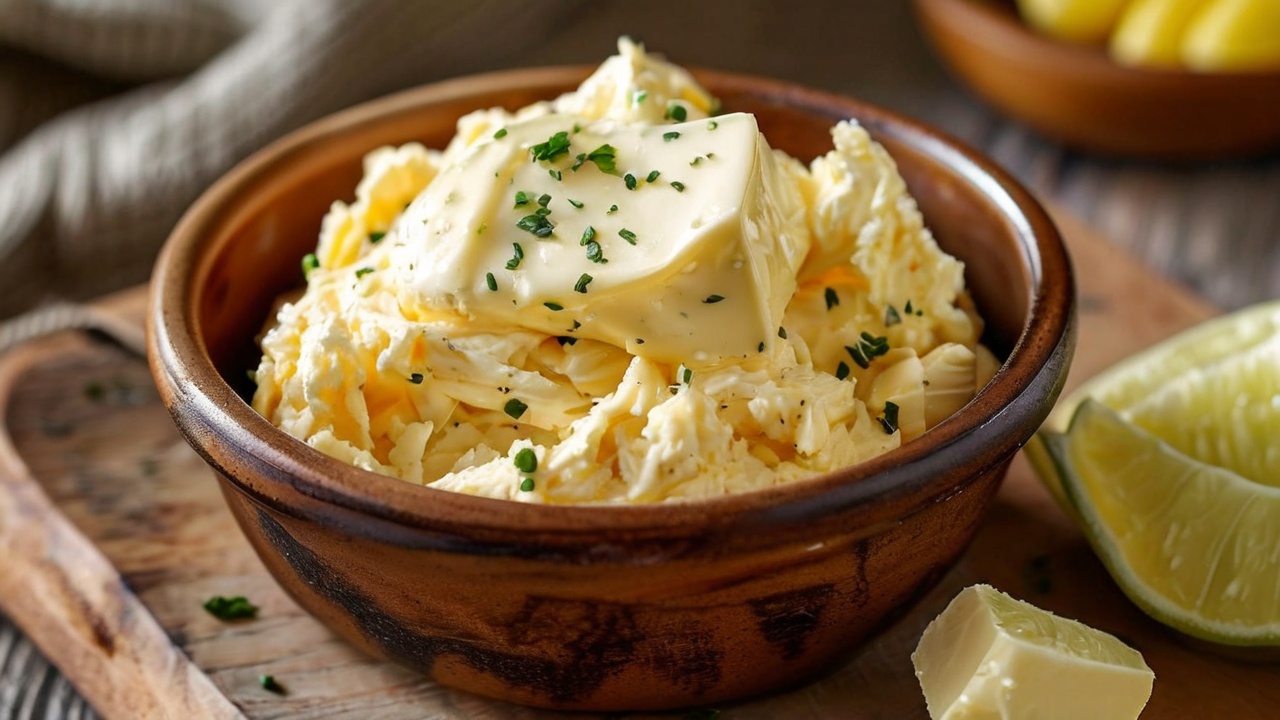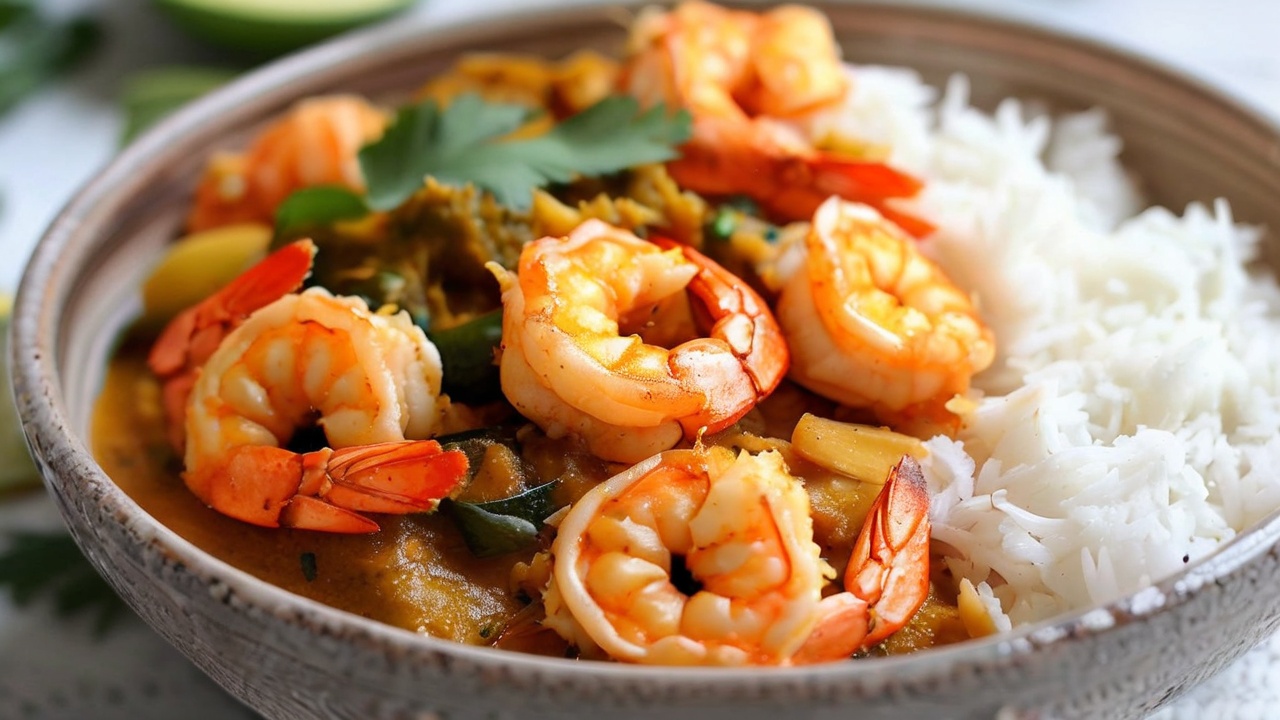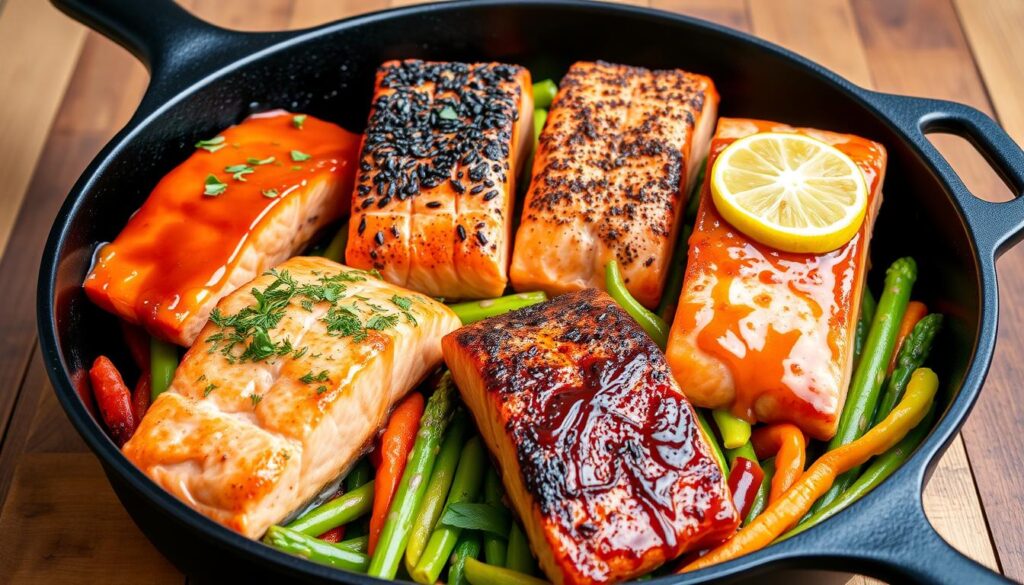Pork cracklings or pork rinds or chicharrons offer a classic Southern fare that sums up Southern comfort food. These Southern policy snacks are a staple in thaw upper-end South alone ending a deep-employed part of soundness food background. They are steeped in history, so easy to prepare and the end result: a totally divine bite.
We will go into the details of how to make southern recipe pork cracklings, give insight on its cultural background, and low down to the breakdown ingredients and process. Three words—“pork skin,” “rendering,” and “crackling”—will help us examine the ingredients that make this Southern food so difficult to resist. In the end, you will have the complete inside scoop on how these delectable delights are created and why they still enjoy their legendary status in Southern cuisine.
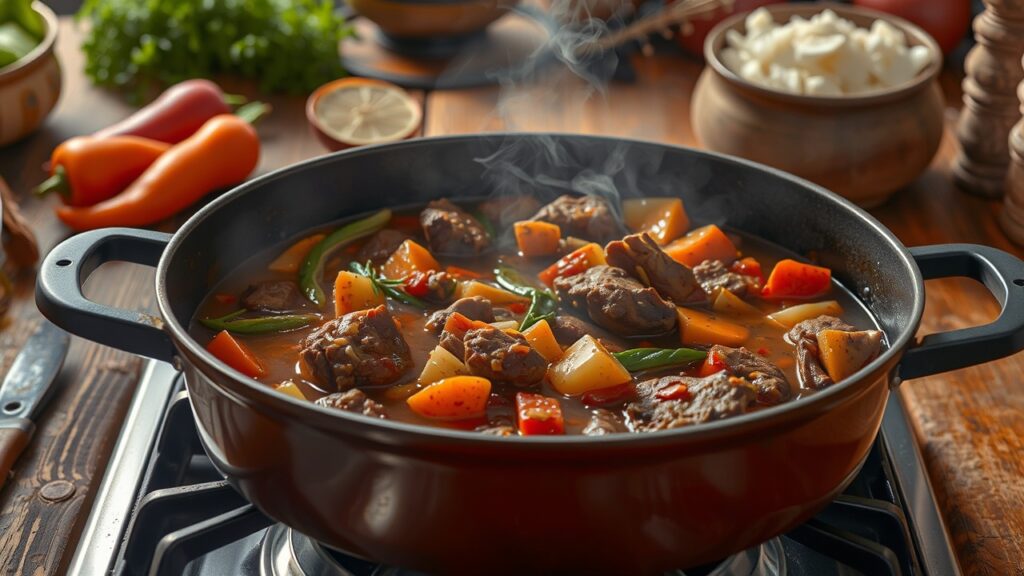
The Rich History of Pork Cracklings
Southern cooking has loved pork cracklings for hundreds of years. They have roots in early European settlers to the Americas, who brought with them methods for cooking and preserving meat. Pork was especially prized, not just for how plentiful it was, but because of how useful it is. Which was very common use in different forms — sausages, bacon and of course cracklings.
Pork cracklings — that perfect crispy crunch you eat with green salsa between tacos, or the crunchy bits floating in your fried rice if you’re lucky — are as traditional to the practice of hog butchering, which really was a celebration. Traditionally — especially in rural areas of the country, nothing was wasted from a pig. They would have the skin peeled off and boiled or fried for chips, which are a crunchy golden treat eaten with other classic southern cookery such as collard greens, cornbread and beans. It was more than a little nibble — it was a means of utilizing every inch of piggy, and preserving the entire thing while they were at it.
However, since cracklings soon turned into a savory comfort food, their popularity extended beyond confectionary necessity. Despite the fact that the process for making them has essentially remained unchanged, nowadays, they can be found throughout Mexico; in bagged form at your pantry staples chain, or fresh from a street vendor — those tiny tortillas filled with flavorsome charred meat and fire-roasted salsa.
Key Ingredients: Pork Skin, Salt, and Oil
Southern recipe pork cracklings starts with the cut of pork to use. The piece de resistance of this dish is, naturally, pork skin. For cracklings, you have to treat built cracklings pig skin always with delicate removal from the body but should not separate fat. That comes in handy during the rendering process, which is necessary for that crunchy texture.
The pork skin, after being processed, is then sliced into small squares or strips. These small pieces are going to become the cracklings. The skin is pretty tough and will break apart into a crispy/golden shell as it gets fried.
The second important element is salt. Not only is salt used for seasoning but also to help suck some moisture away from the pork skin. During the cooking process, moisture is lost, which causes the skin to crisp up and that’s when you get that signature crackling. Cracklings can turn into slick, rubbery fingers rather than crispy and crackly bites without enough salt.
The last and vital component of it is oil. While some recipes use lard or bacon grease, it is often fried in vegetable oil. The oil should be heated to a specific temperature so the crackling can fry evenly without leaving them soggy or burning them. The key to a perfect crackling is the rendering of the fat from the pork skin; rendered means that the fat has been cooked down, separating it from the skin to create that glorious crunch.
The Method: Rendering and Frying Pork Cracklings
Pork cracklings are made in a fairly simple manner, but the technique takes time and precision. Follow this step-by-step guide to make Southern pork cracklings:
1.Preparing the Pork Skin
Select good pork skin, to begin with. As always, the best results will happen if you’re lucky enough to have some freshly butchered local pork. Ensure some skin is still attached to the fat because that is what will render off and fry during the frying. For a thicker skin, you can make shallow cuts across it in one or more directions.
Get your skin and cut it into small squares, usually around 1 or 2-inch pieces. Cracklings can be sliced into strips, but squares are traditional in shape.
2.Salting the Pork Skin
Next, salt the pork fat part of these skins. Transfer the skin pieces to a large bowl and season them well with salt. The salt will take moisture out of your skin, and that moisture is key to crunchy. Let the skin sit with salt for a minimum of 30 minutes, but longer is best when time allows. The salt will start to extract some moisture out of the pork skin at this point.
3. Rendering the Fat
At this point, its time to render some fat. Pour oil into a large pot or cast-iron skillet over medium heat, until the temperature reaches around 350F (175C) You want the oil hot enough to flash fry the outside of the skin quite rapidly, but not so hot that it burns.
Add the salted pork skin pieces into the hot oil, grounding carefully. The fat will start to render during cooking and will bubble away from the skin. The following is rendering in action. Stir the cracklings for them to cook evenly and avoid sticking at bottom of pan.
You’ll see the skin start to tighten and crisp up as the fat renders out. Depending on how big the pork skin pieces are and how hot your oil is, this can take 30 minutes to an hour. The cracklings will only be as good as your patience; nice and low — slow Secretary. Turning them often should keep them from burning and allow the cracklings to cook evenly.
4.The Crackling Stage
The moment that the pork skin begins to fry, in which case it’ll be scream a golden brown colour, After all produce that’s signature sizzle sound. This is the part where you can tell the cracklings are almost done. When they turn crunchy and the color you see in the picture above, it is time to take them out of the oil.
Scoop out the cracklings with a slotted spoon or tongs and set them onto a plate lined with paper towels to soak up any excess oil. You do however want to allow them a few minutes to cool and firm up completely. You could even toss a little more salt on there if you want, too.
5. Serving Your Southern Cracklings
Allow your cracklins to cool, become crispy and serve! They can be eaten by themselves as a snack, or as an accompaniment to other southern dishes. For extra seasoning, some enjoy eating their cracklins with hot sauce, vinegar or mustard. Down in the South, they are a common side to literally anything from some cold sweet tea or beans and rice to collard greens and fried chicken.
Cultural Significance of Pork Cracklins
In many ways, pork cracklins have come to represent Southern cooking. For most Southern families, cracklins aren’t simply a method of food preparation; it’s a gathering for the family and for friends. Cracklins are in the very soul of Southern hospitality, whether they were prepared at home during the holidays or recently cooked at a family gathering outside.
These crispy bites also showcase the thrift and ingenuity that have always been a hallmark of Southern cooking. Nothing was wasted in the days when hog butchering was an accepted part of rural life. They even used the skin, which is typically thrown away in other parts, to make cracklins. Well, that practice of the double pig became a part of Southern cuisine identity.
Pork cracklings have a bit of social aspect, too. Across much of the South, cracklings by far available at farmers’ markets, roadside stands and local stores. Even the split-proofed foundation of Southern culture continues — you can still share cracklings with your neighbors and friends today.
Conclusion
Southern recipe pork cracklins combine simple, tasty, longstanding tradition. The process of melting the lard from the pig skin and frying it until crunchy is an ancient practice, handed down through generations. Whether you are making them at home or enjoying a bag from the store, cracklins are part of Southern history: a timeless crunchy snack.
These crunchy snacks can be made with little more than pork skin, salt, and oil. It can be a lengthy process, but ultimately very rewarding. Enjoy these pork cracklings with meals or as a savory snack, and bring joy to any Southern table.






